November 3, 2019
Martha O'Kennon
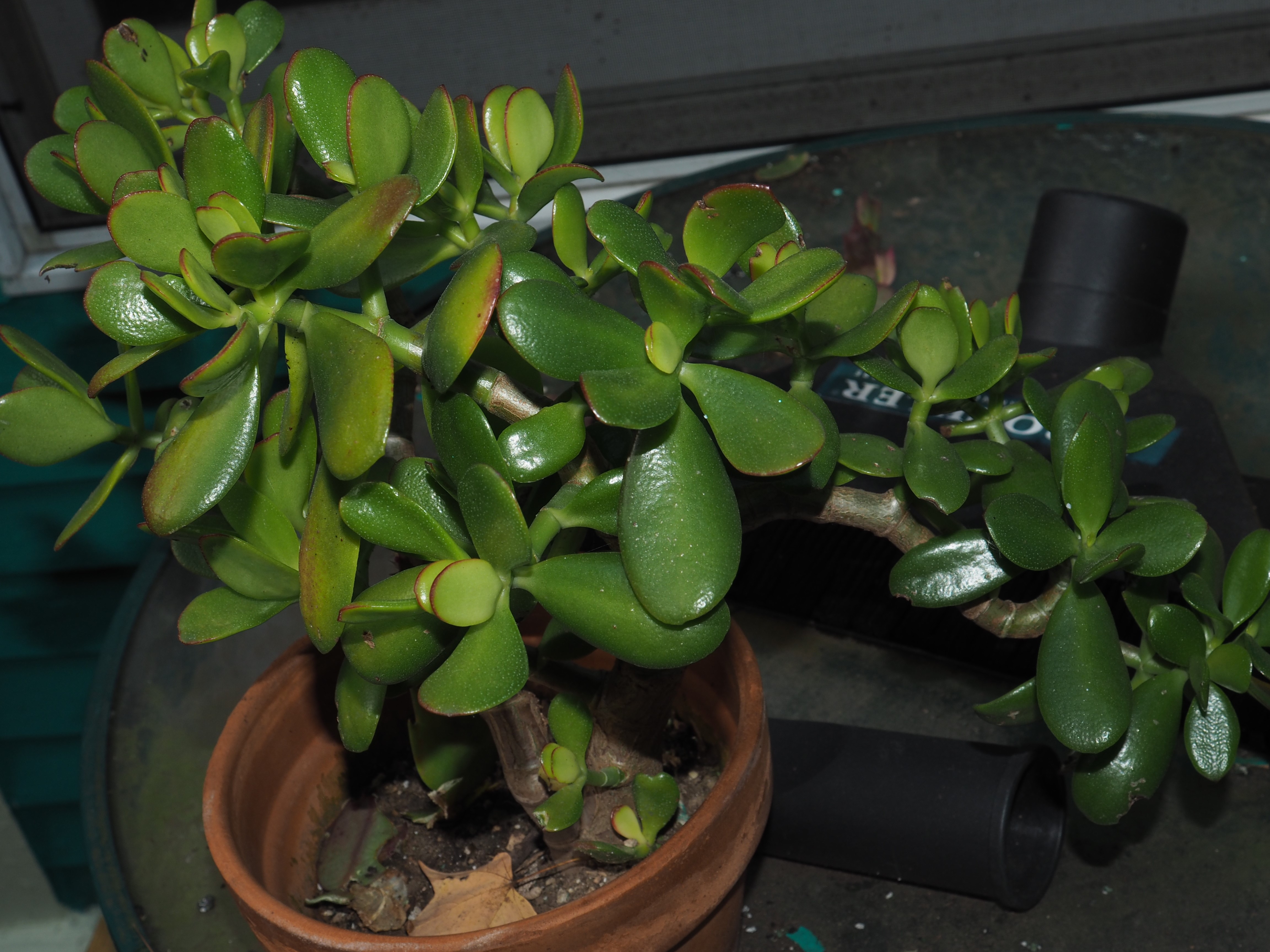

You want flowers?? How about snow? Thursday I watched the big floppy raindrops turn to big floppy snowdrops. Not the flowers but the flakes. On Friday morning there were patches of frozen snow on the ground and on the rooftops. Brrrrr. By noon it had melted. Fortunately I had brought my beloved Jadesy indoors Thursday before the snow started. Now to watch and see if there will be any flower buds. The Euonymus in front of the house is getting redder. If you click twice on the picture you will see little red seeds among the red leaves. The birds love those pretty red seeds.
Remember that there is information in the name of the file for each image. You can see it by mousing over the image - look at the lower left of the screen. Or you can click on the image to get to the (usually) larger image. Then the info is displayed in the address line above. Sometimes the second click will actually display a different view of the original image.
The Small Honey Ants were about the only ones I saw out there. Picture 2 shows a grass tail which is full of little Aphids. You can also spot a Small Honey Ant in there, supposedly milking the Aphids for "honeydew". These ants really know where to get the good stuff! Third is one of the Aphids - a nymph.
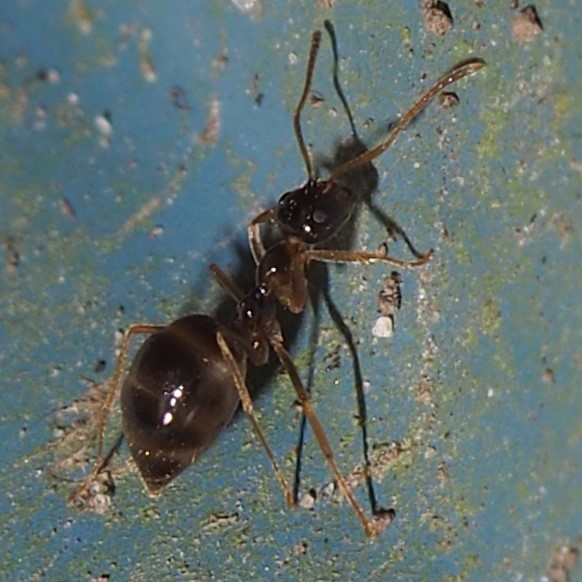
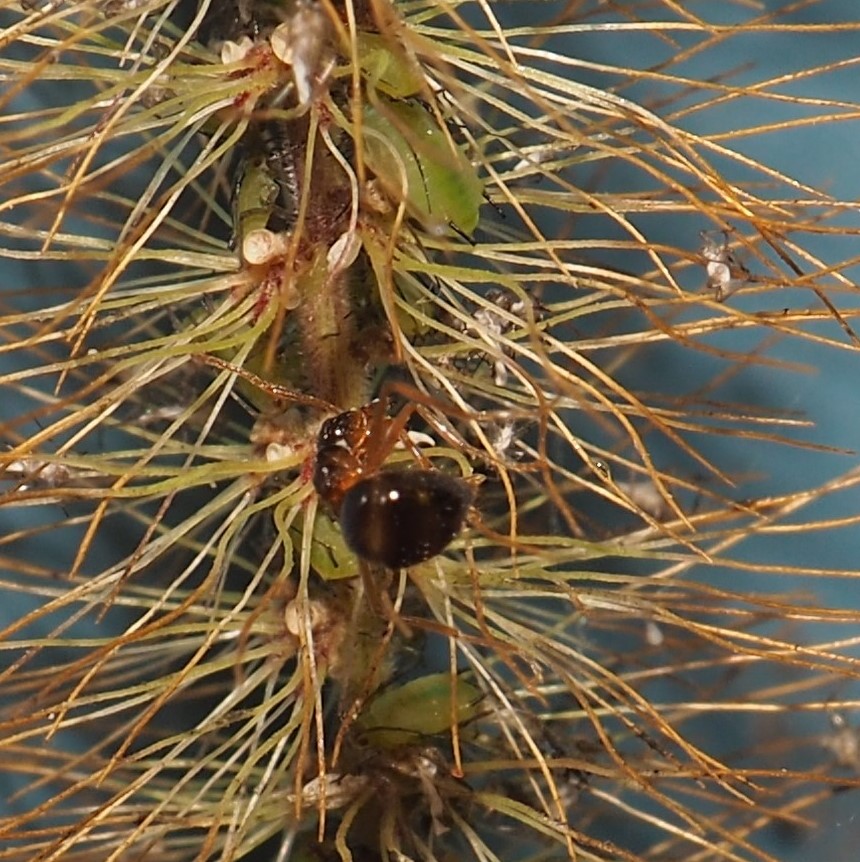
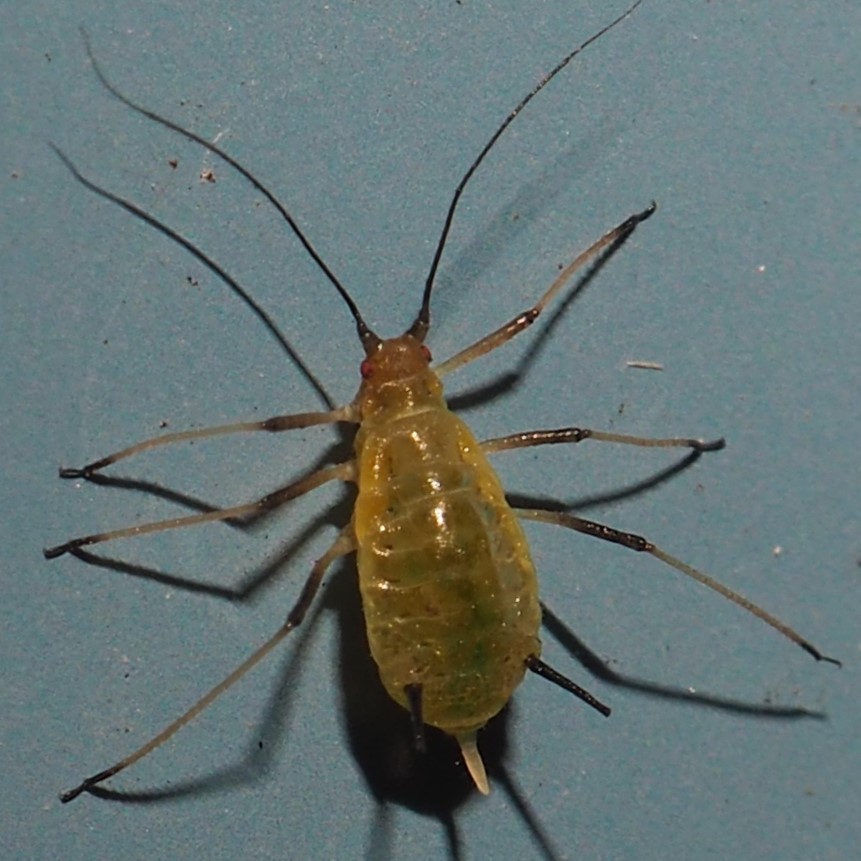
The barklice seem to be thinning out a bit. But we still had the Scaly-winged Barklouse, Echmepteryx hageni; our old friend, Graphocephala cruciatus; and the Lizard Barklouse, Valenzuela flavidus.

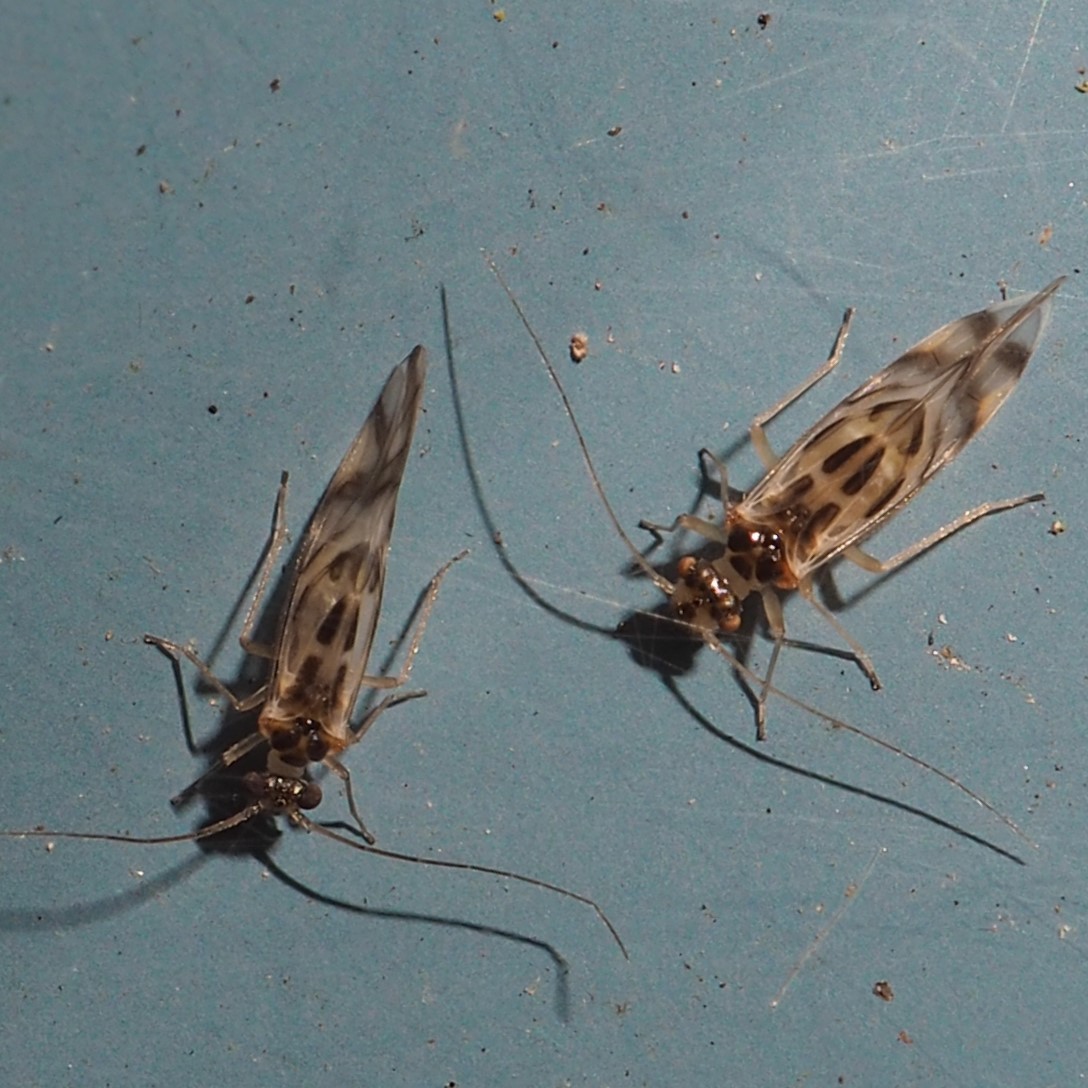
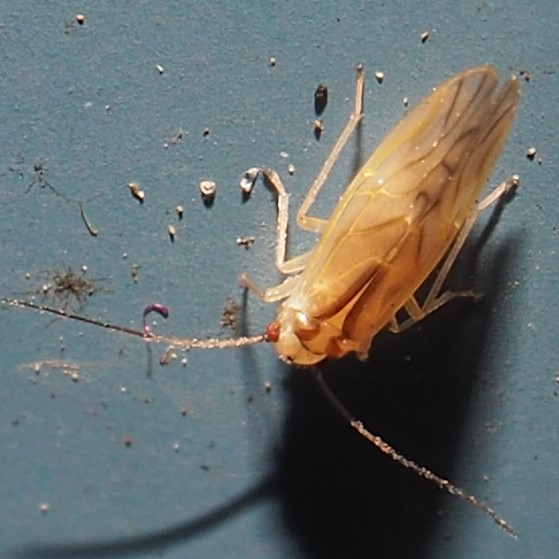
Here are a couple of shots of V. flavidus' nymphs. And an interesting one of the adult with its wings spread. You can see how much its abdomen resembles the nymph's.
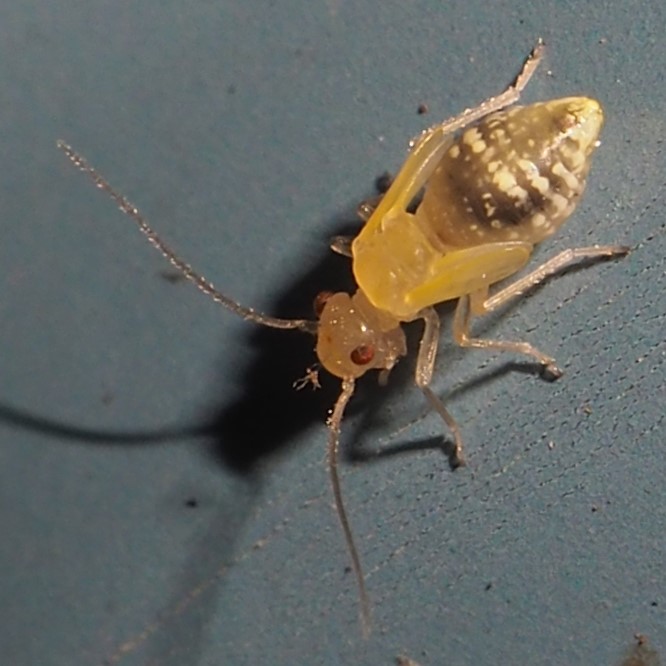
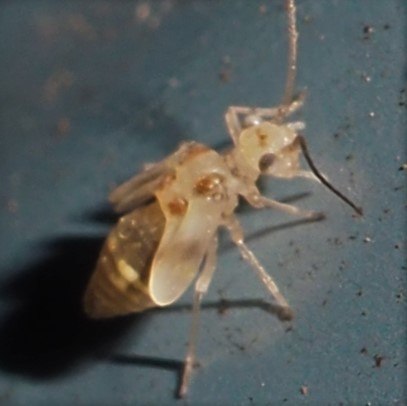
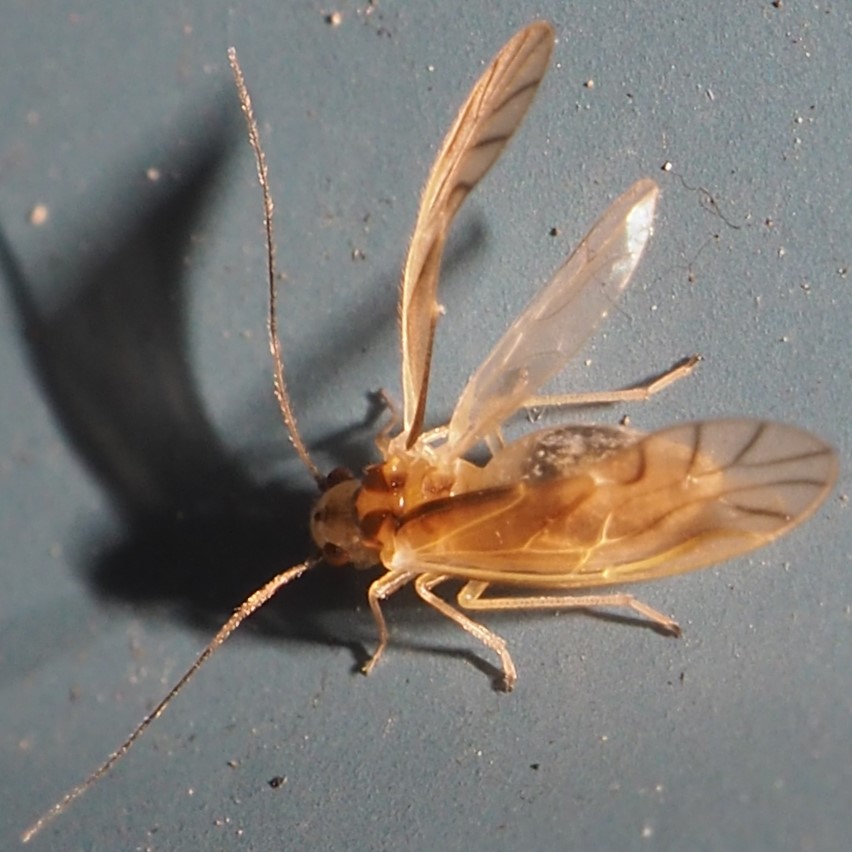
No bees and very few Beetles. We had a few Asian Lady Beetles. In fact, when I woke up there was one on my bedside table (not this one. By the time I got to writing this, it had disappeared.) Compare the shape of the W's in pictures 1 and 2. Third is a mystery.
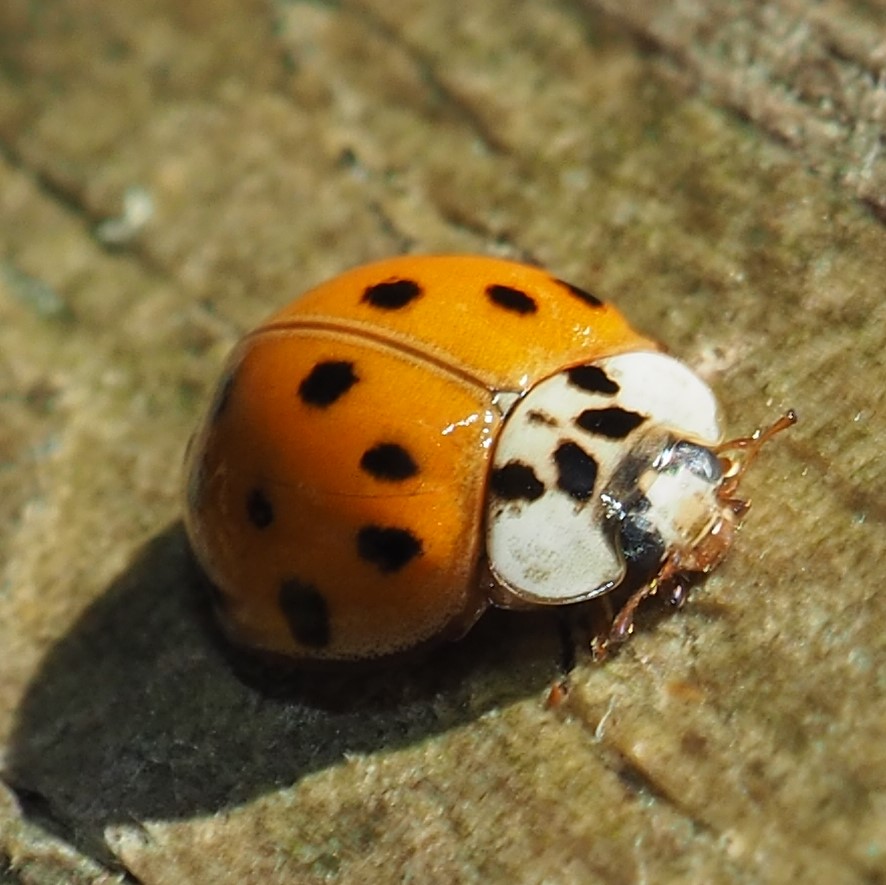
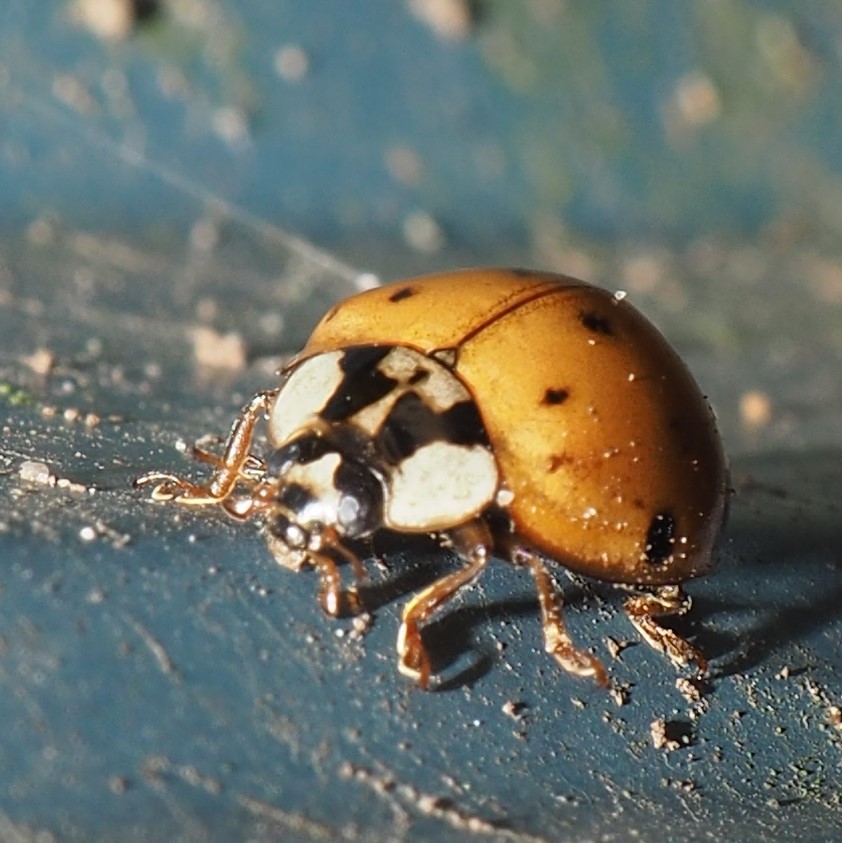
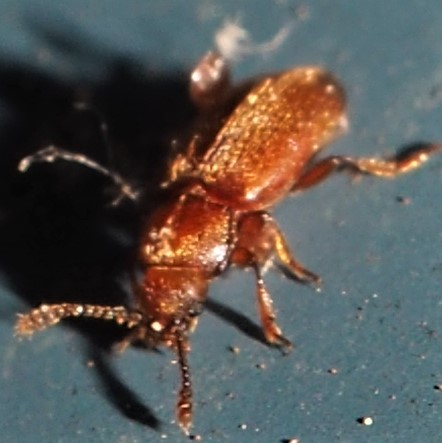
So on to the Bugs. There was yet another Zelus tetracanthus nymph. I still like this color combo. Number two is another kind of predatory Bug, a Damsel Bug called Nabis roseipennis, ID'd by @jeanfrancoisroch of iNat. Even though the Damsel Bugs have the slurpy-maker under their chin, they are in a different part of the family tree from the Assassin Bugs. They are actually related to the Bed Bugs. Boo! Here are the relevant parts of the family tree. You would find the Ambush Bugs in the family line of the Assassin Bugs.
True Bugs >Cimicomorph Bugs >Superfamily Reduvioidea >Assassin Bugs
True Bugs >Cimicomorph Bugs >Bed and Pirate Bugs >Damsel Bugs
Third is the bug you love to hate: the Brown Marmorated Stink Bug. Get ready for the ingathering, which begins about now. My son found one up in the attic.
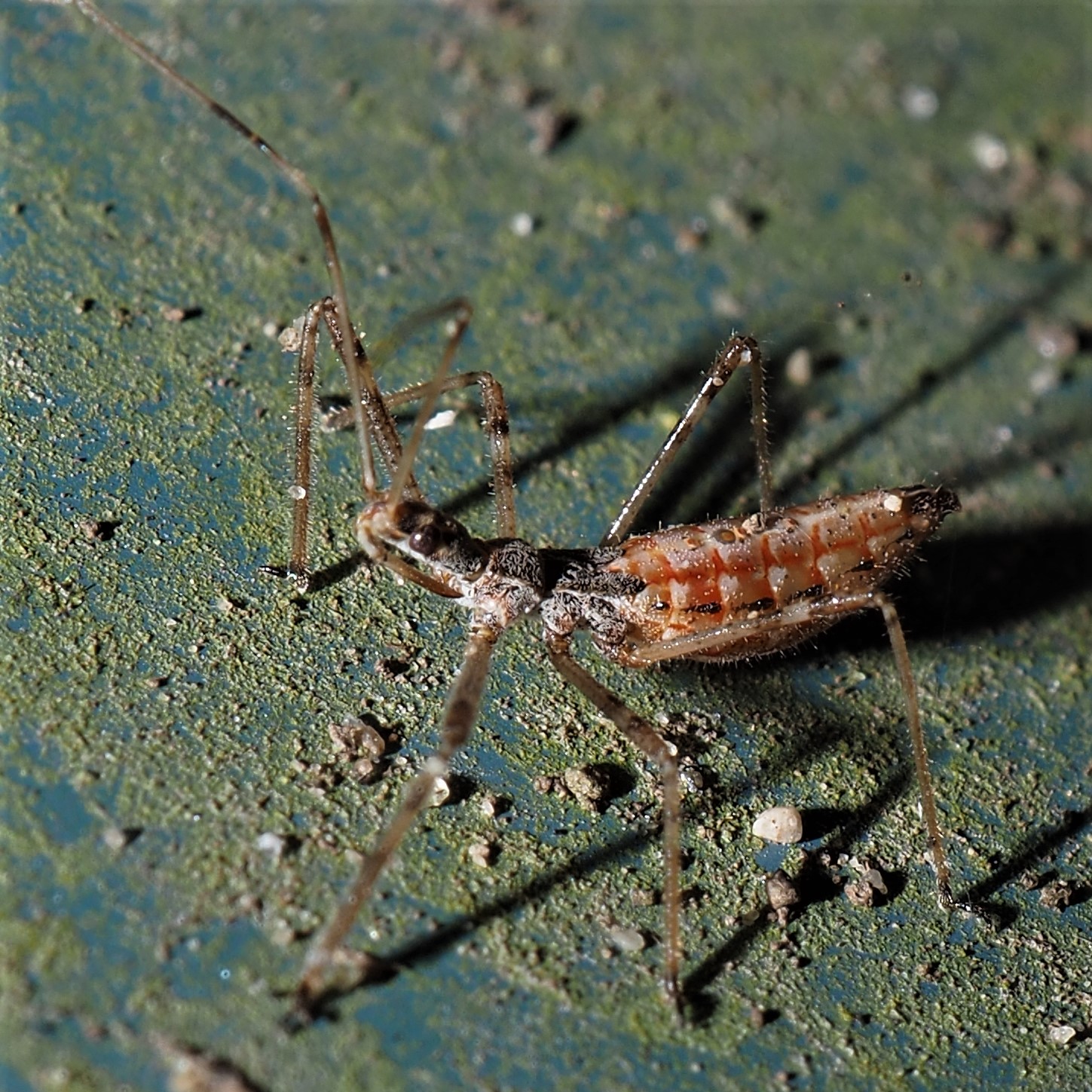
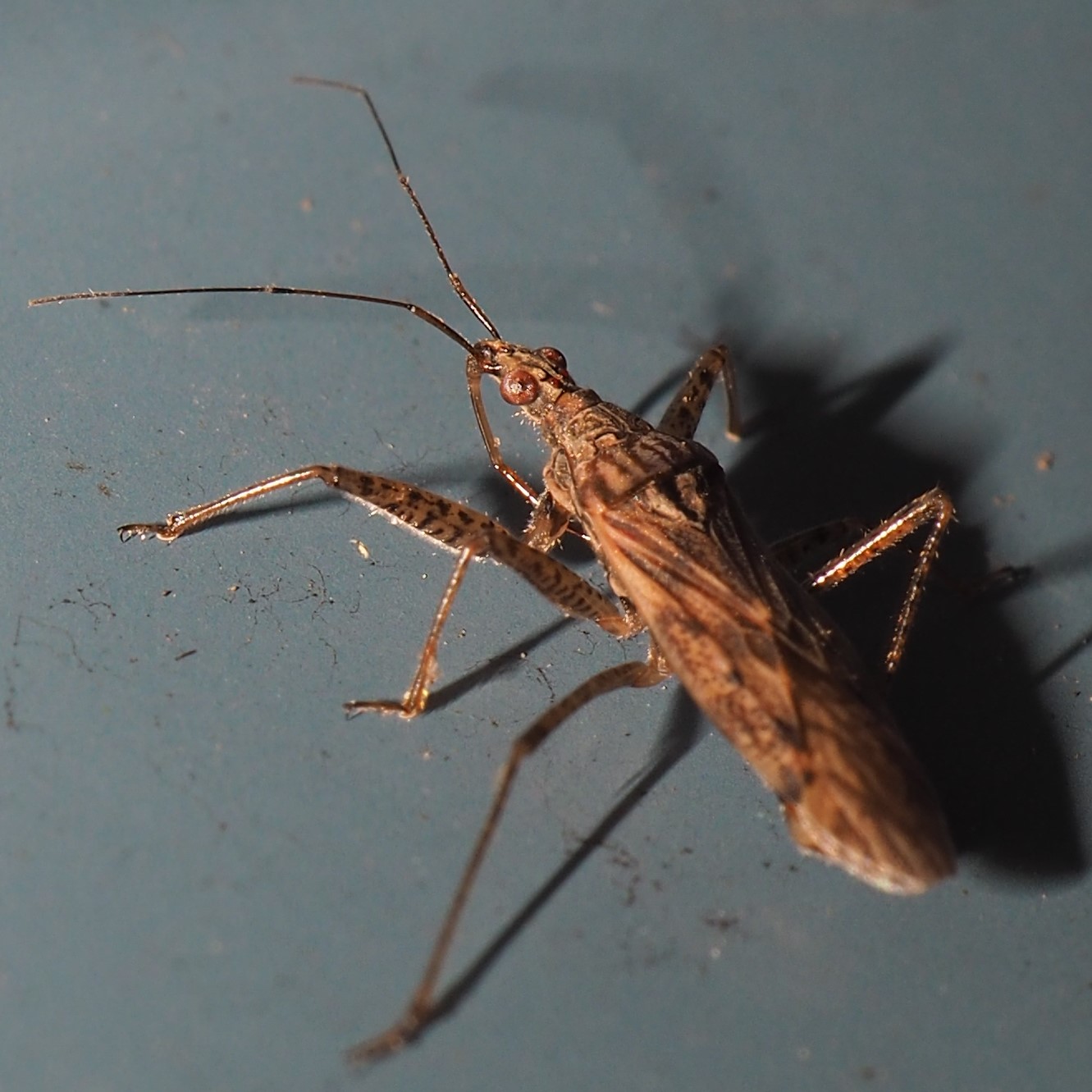
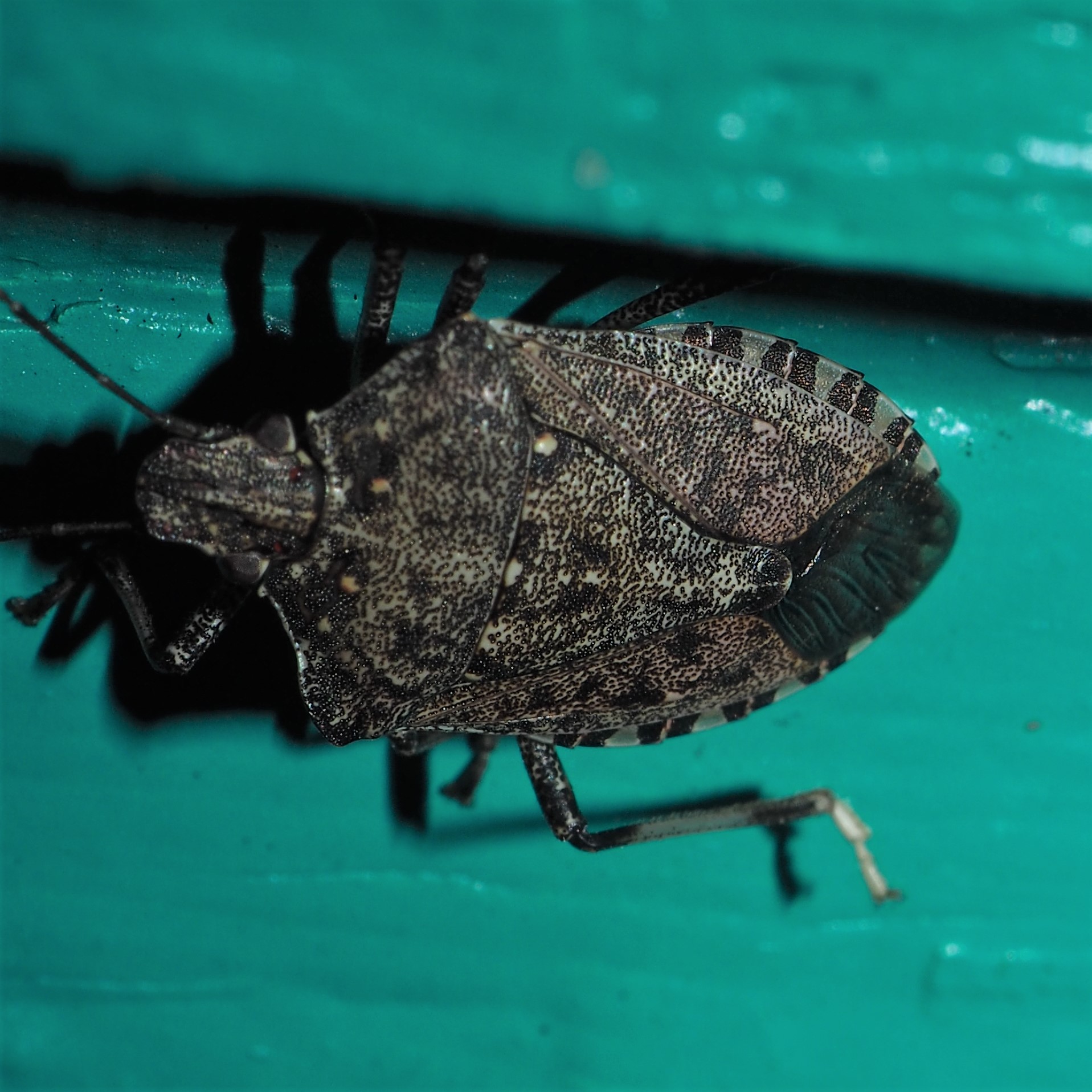
To the Leafhoppers, or rather to the Agallia nymphs. Here is another one related to the one last week. Second is one in a strange posture. Those are its eyes on the left.
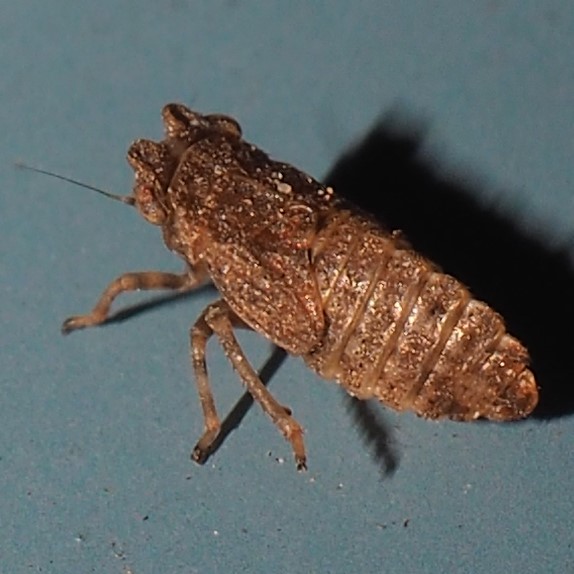
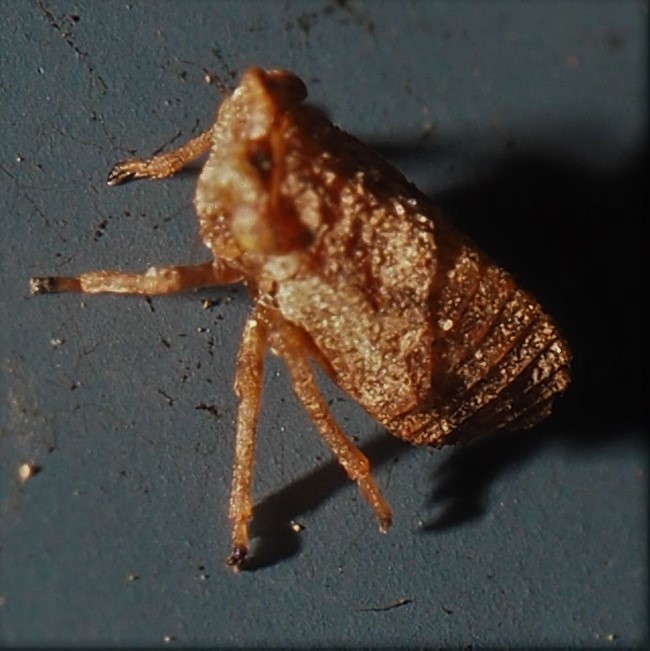
I hope you aren't going to get bored, but a lot of the same Leafhoppers you saw last week were still here this week, at least until it got cold and rainy and snowy and sunny and cold... Here's Eratoneura affinis; E. ardens; and the Dotted form.
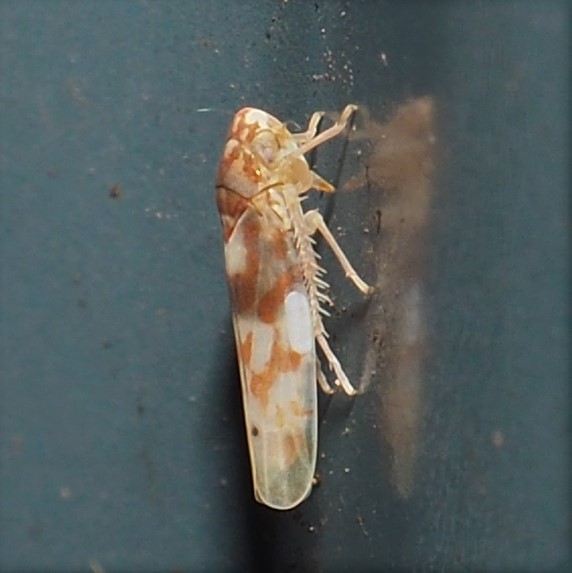
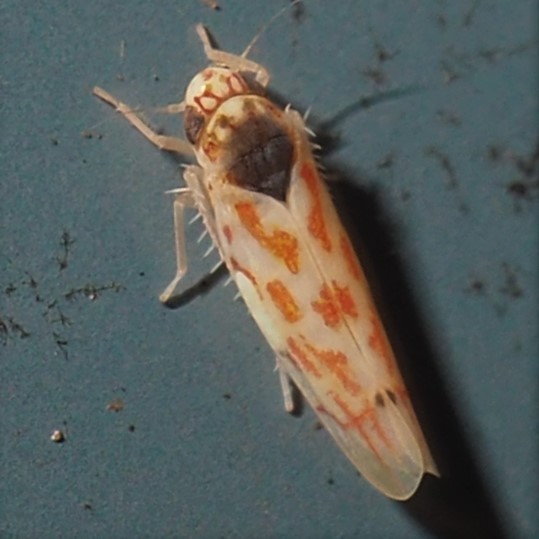
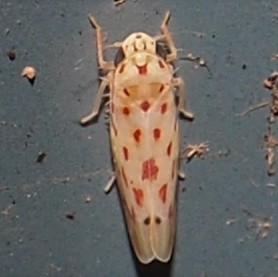
That worn-out-looking one has been here a long time. And here are two "Mystery Eratoneura Leafhoppers".
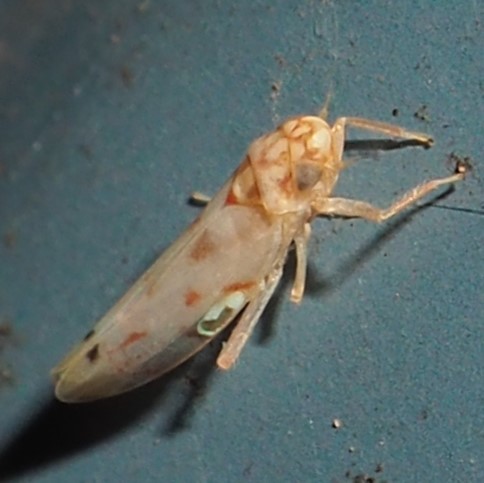
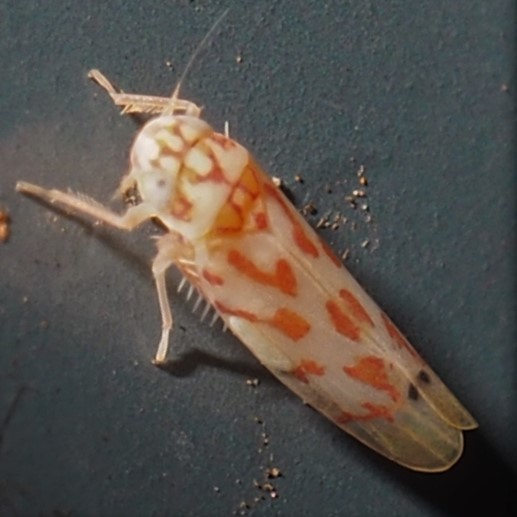
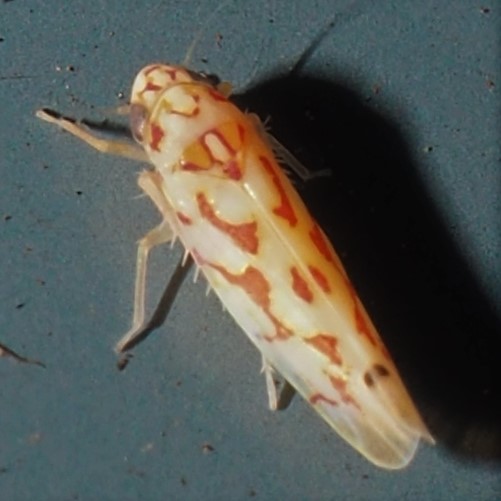
Another Mystery Eratoneuran. And an Erythridula genus member. A lot of my old pictures have to have their names redone, since formerly Erythridula was called Arboridia. There is still an Arboridia genus but things got redistributed and so some of them are now Erythridula. Whew! One more variation.
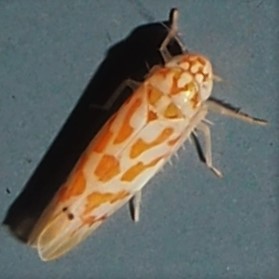


This pink variegated one was identified as belonging to genus Osbornellus by @hopperdude215 (Kyle K). Second: the same species but less beat-up from October 9.
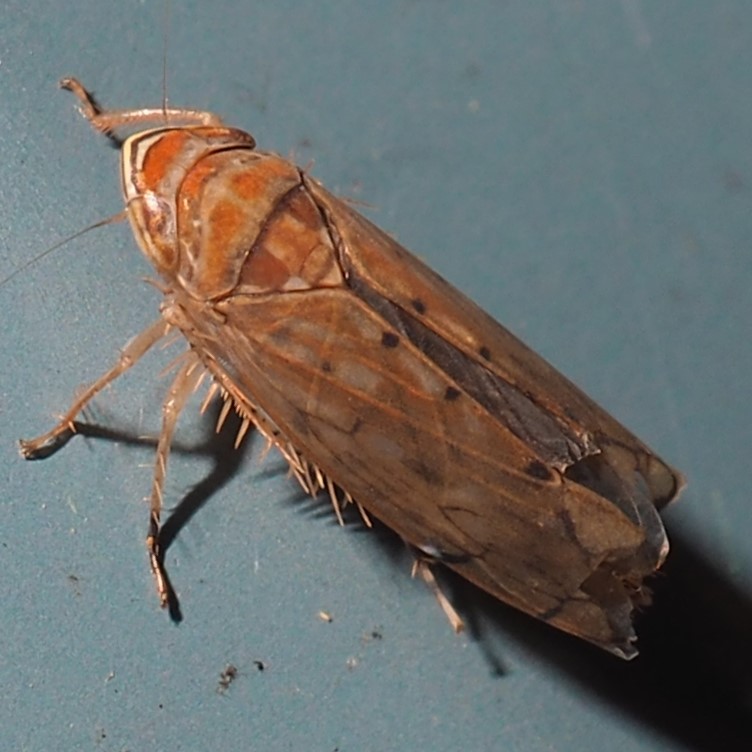
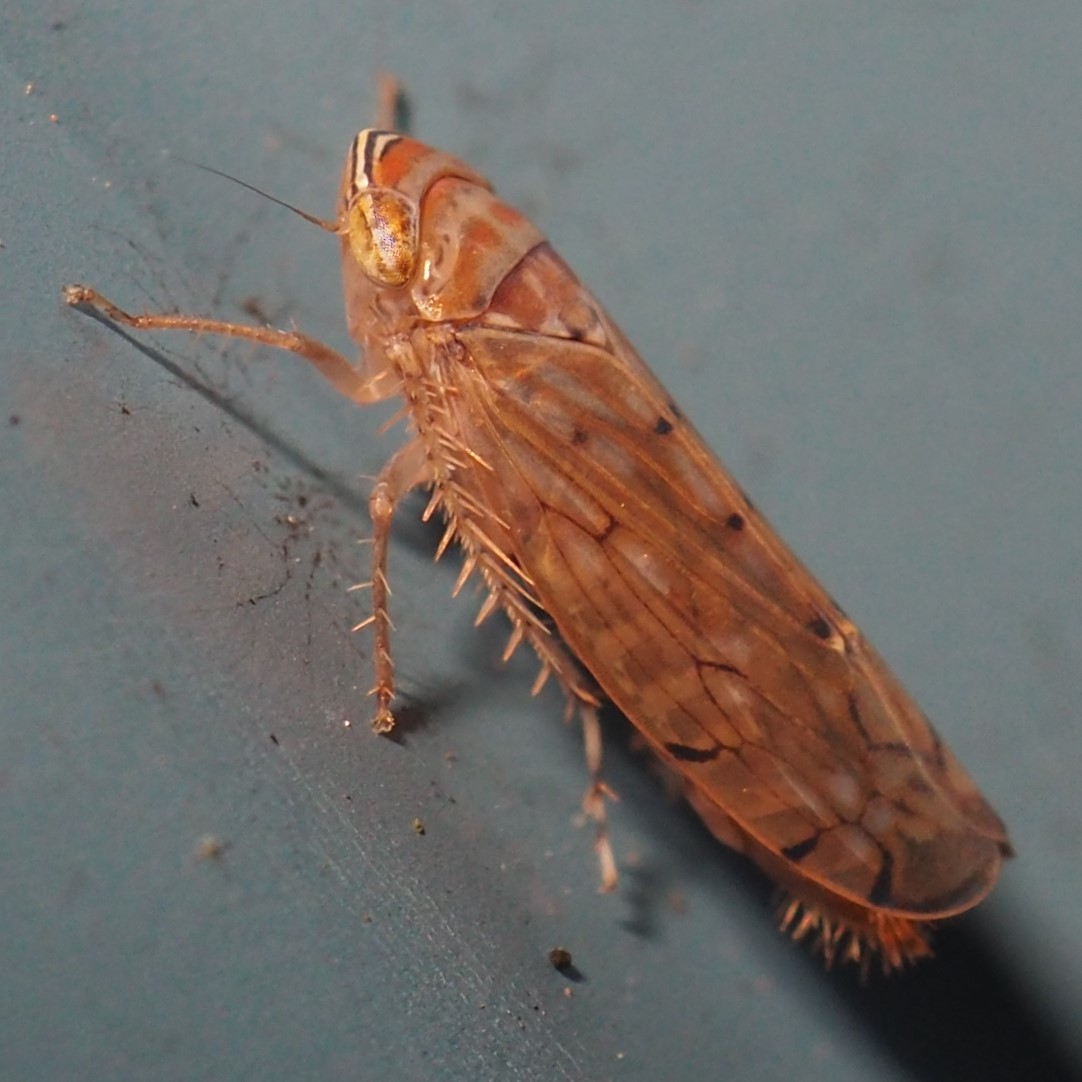
Kyle showed me some of the detailed work he and some others from North Carolina have done for identifying various species within that genus. This is what dedicated entomologists can do with a lot of dedication! Here is a top, side and bottom view of
Osbornellus auronitens
That's about it for the Bugs. But here is a Jumping Bush Cricket - just in time to jump to the Flies. Here are a couple of Crane Flies.
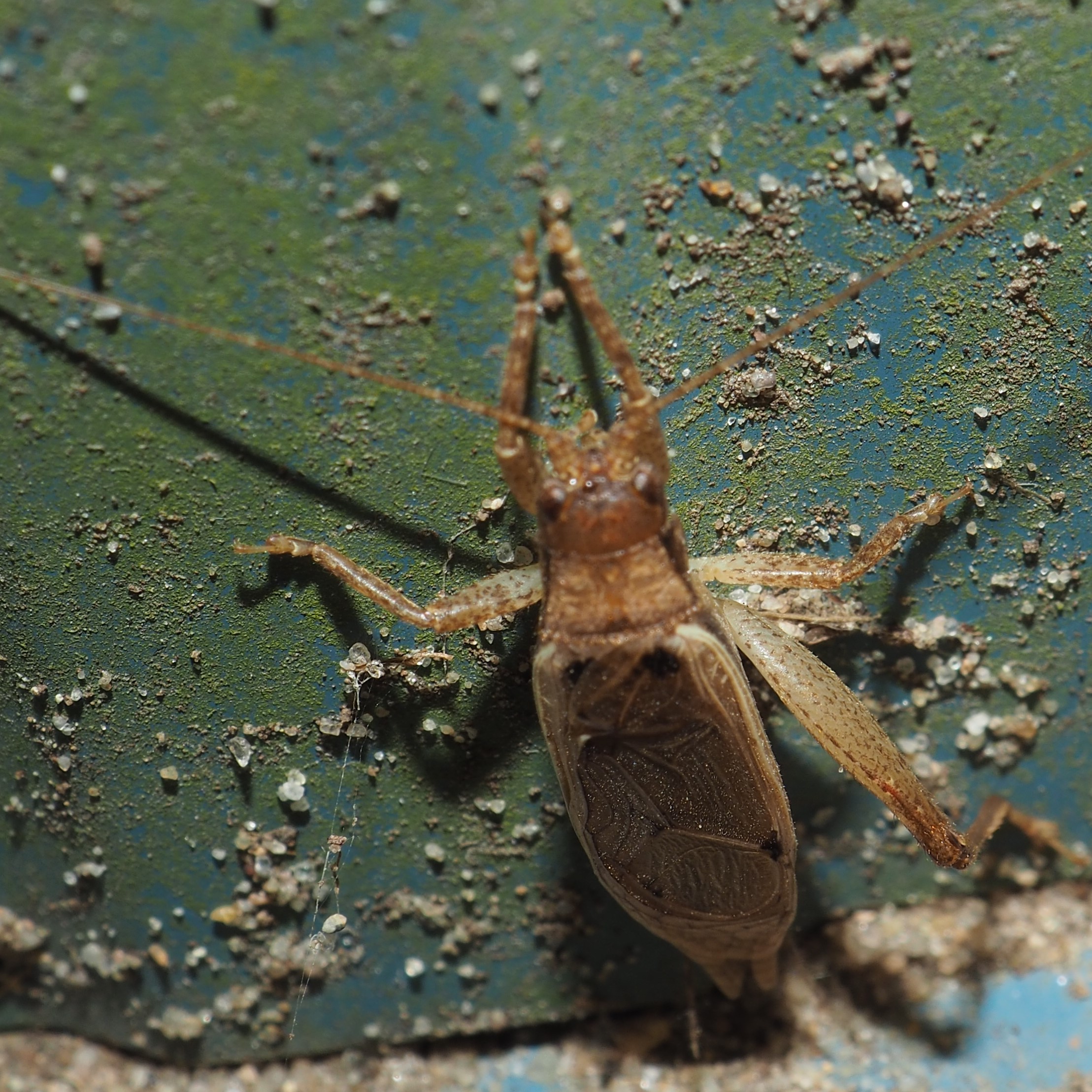
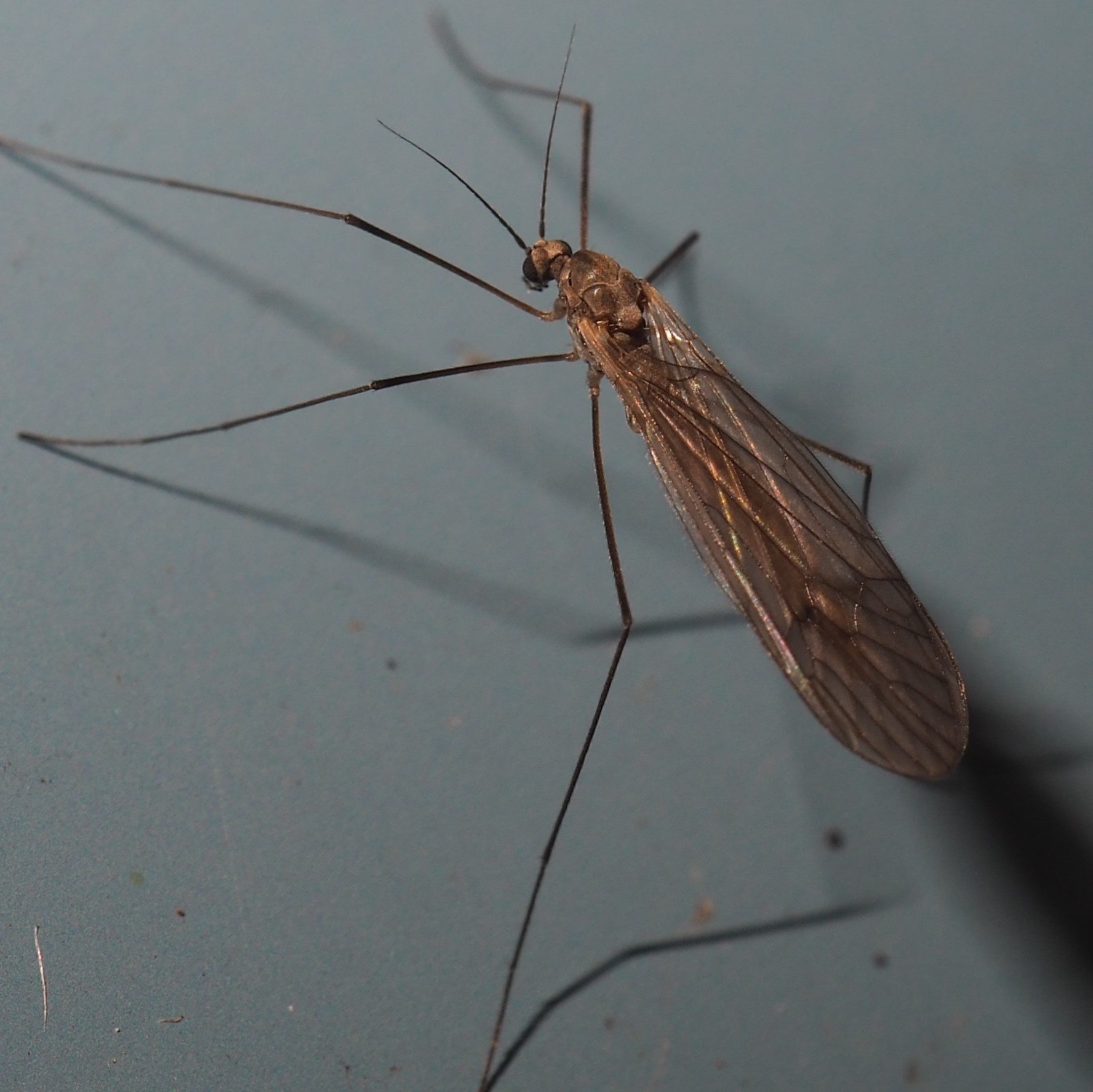
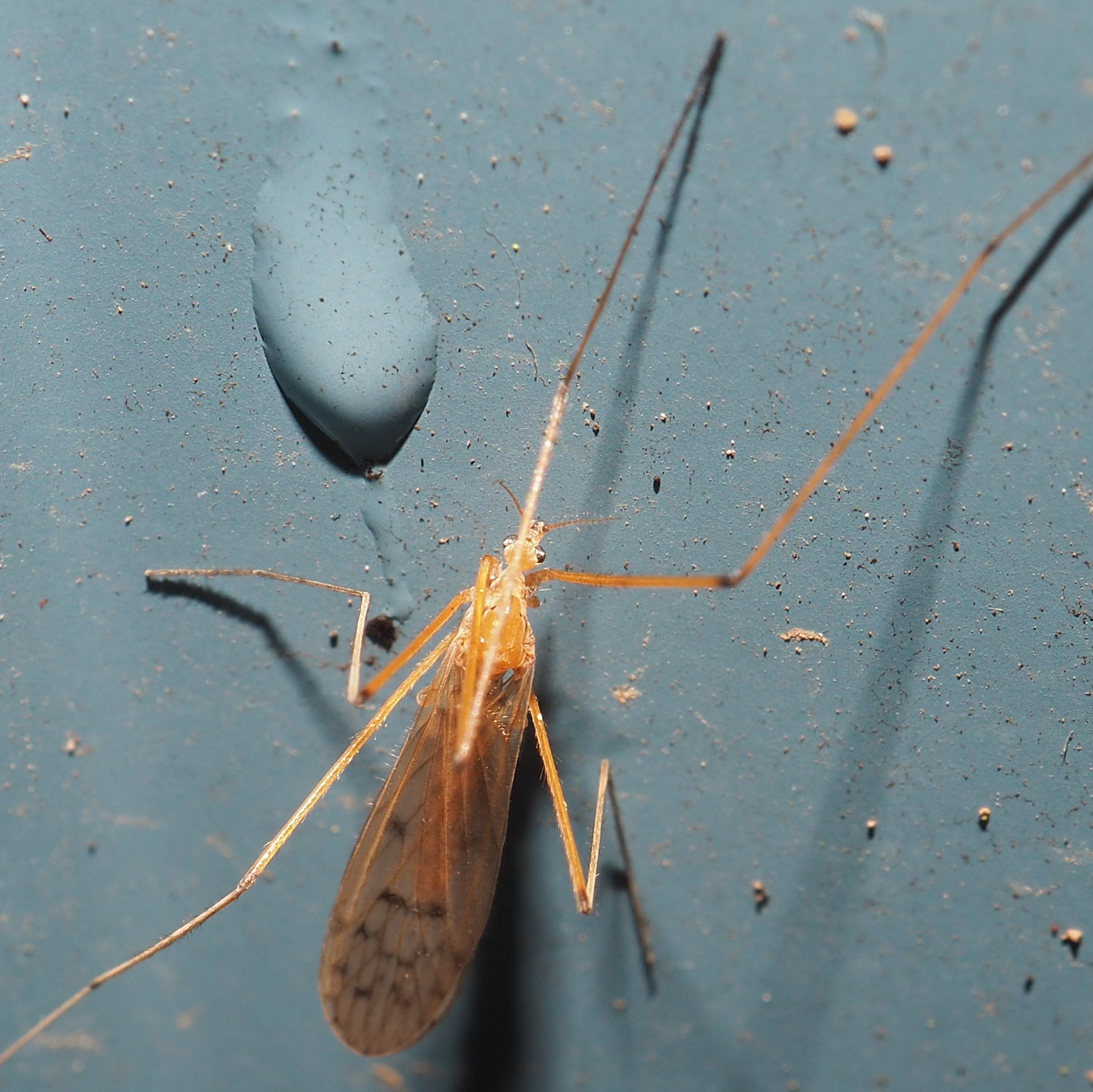
Gall Midges. Well, maybe not the last one. It doesn't have the fluffy antennae I always associate with Gall Midges. But it also doesn't have the prongy joints I think of when I think Fungus Gnat. So for now, number 3 is a Mystery1
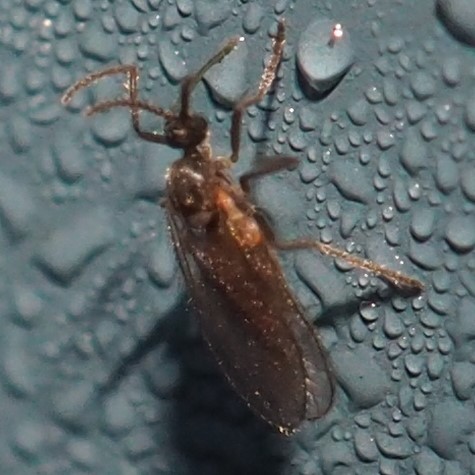
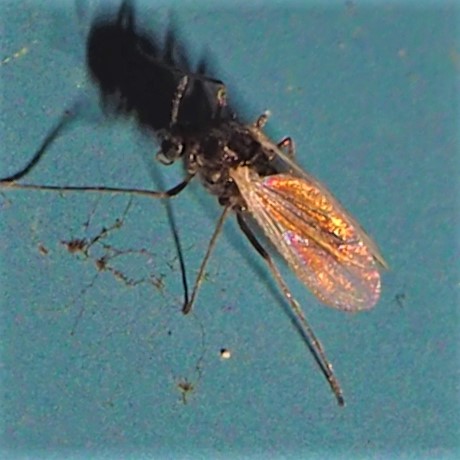
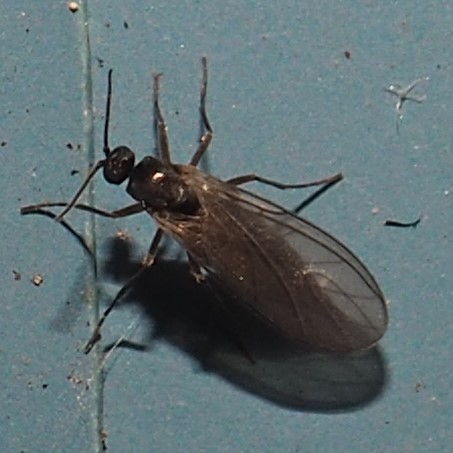
First here seems to be a Non-biting Midge. Second is probably the Asian Rock Pool Mosquito. Third is a new Fly for me.
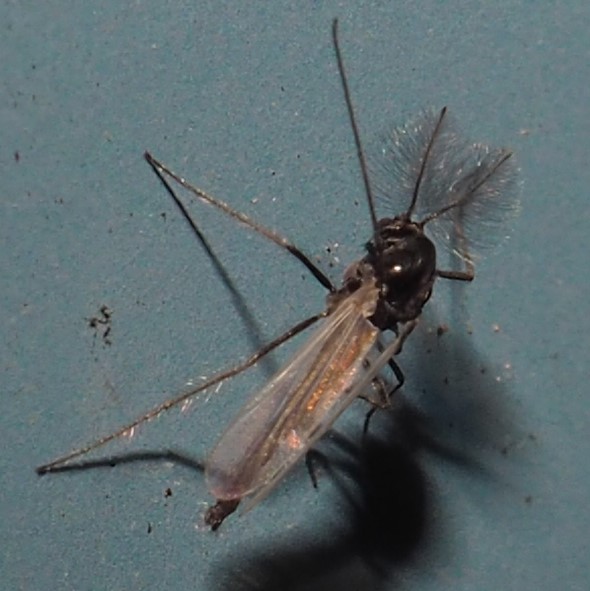
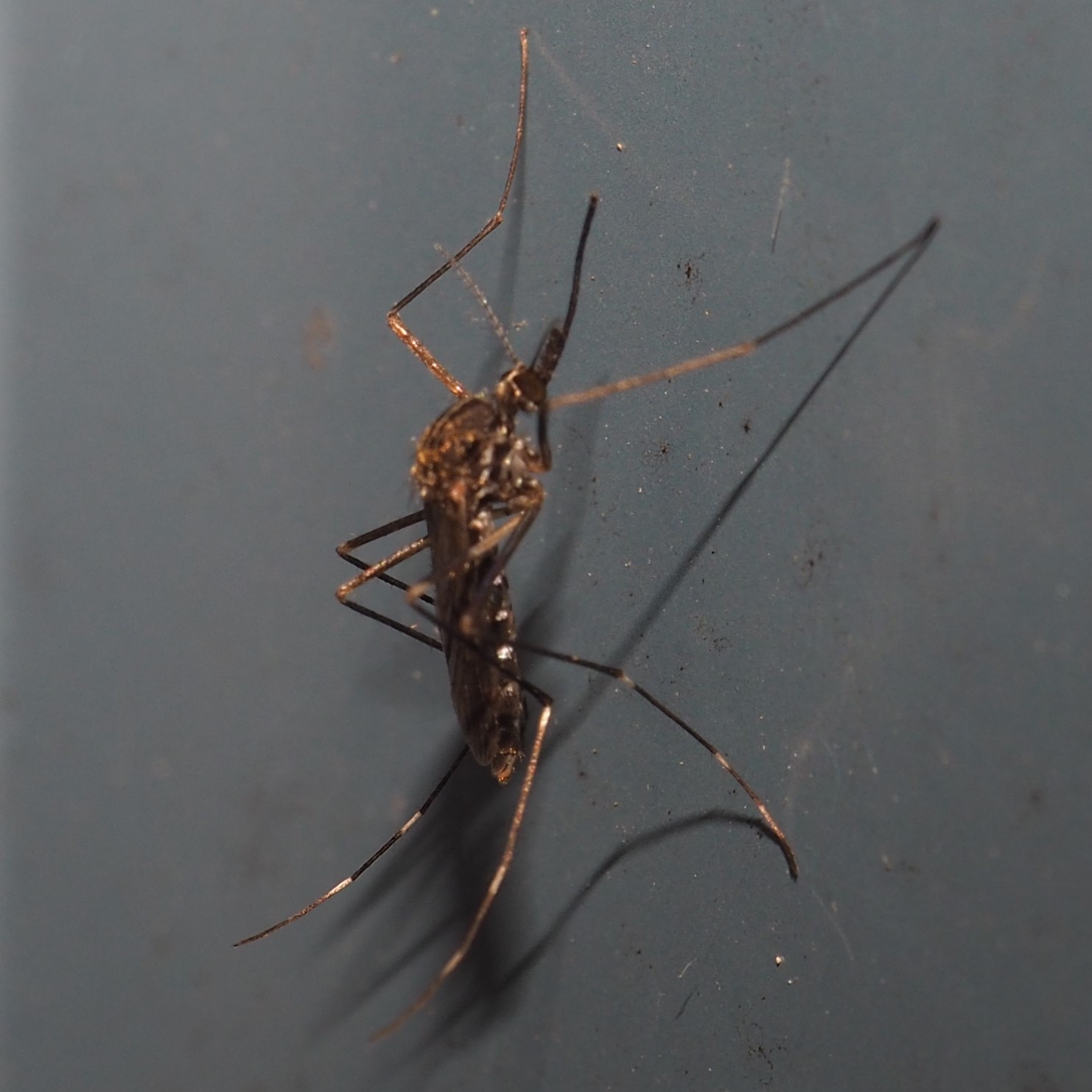
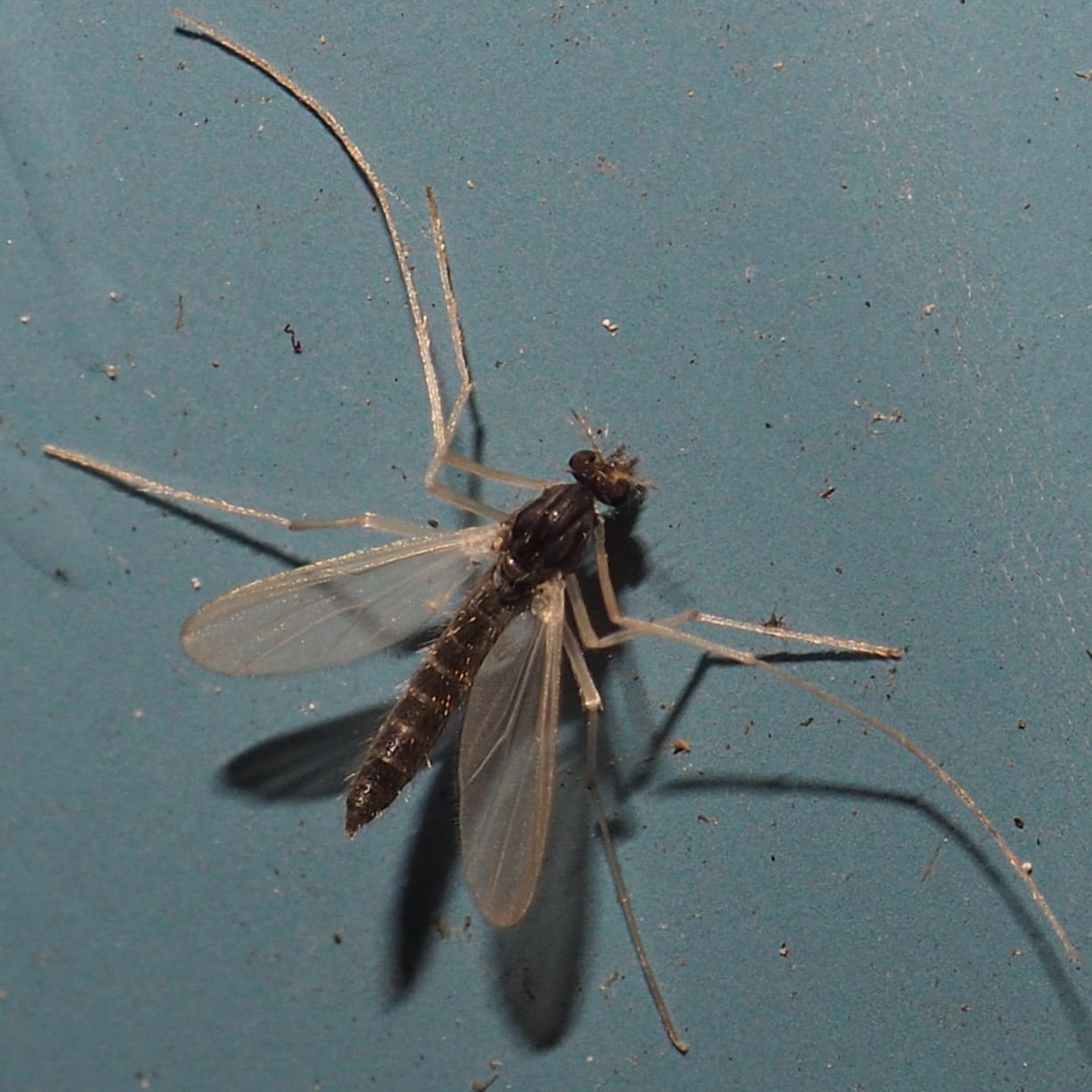
This week for the first time I've been seeing these tiny flies. They look like full-grown Moth Flies but those I can identify with my eyes and these I can't. I've been reading about these little guys. They are called Filter Flies and are usually to be found around pipework in houses. (My nice clean ones were seen on the shop siding.) According to notes in Bugguide, their larvae are important in sewage treatment facilities.
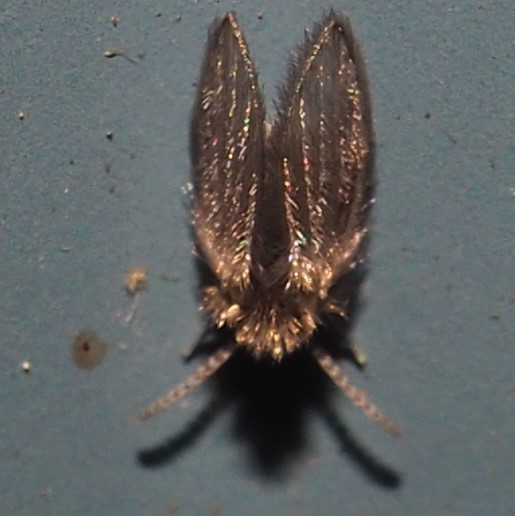
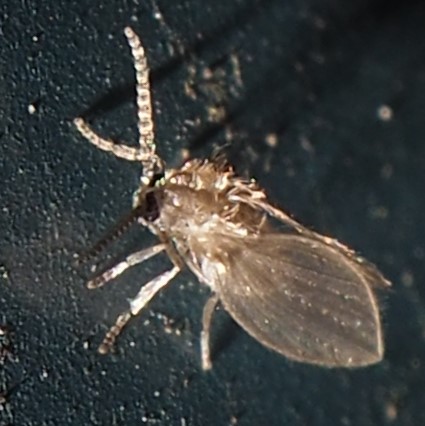
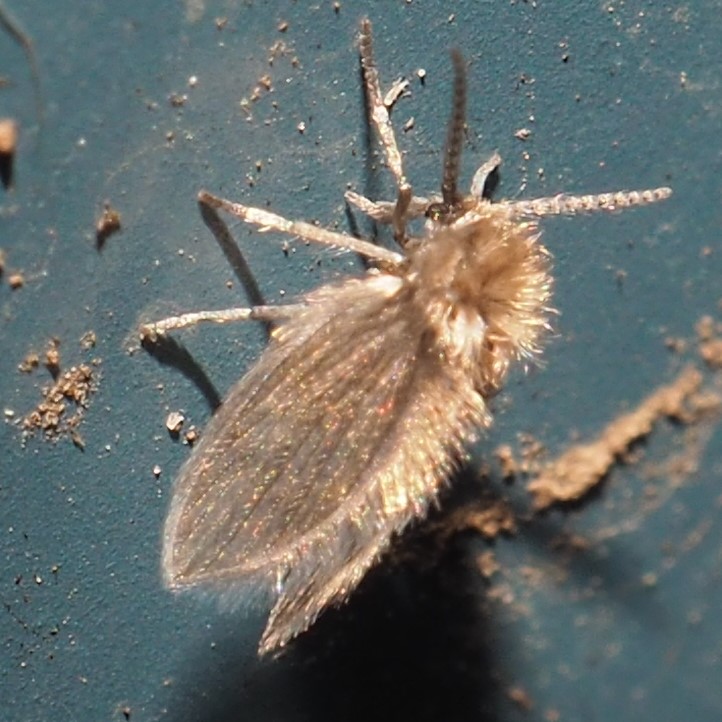
That seems to be it for the Flies. I'd like to go back to that Grass stem that had all the aphids and other creatures in it. I haven't heard back from iNat as to what these black things are - seeds? Bugs? And the brown and white creatures in images 2 and 3?


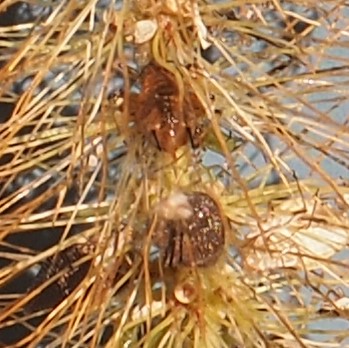
Here are a few really little critters in the grass tail.

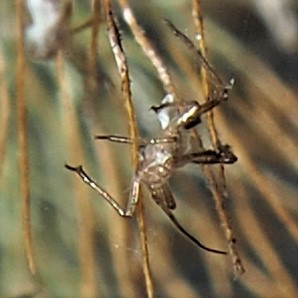
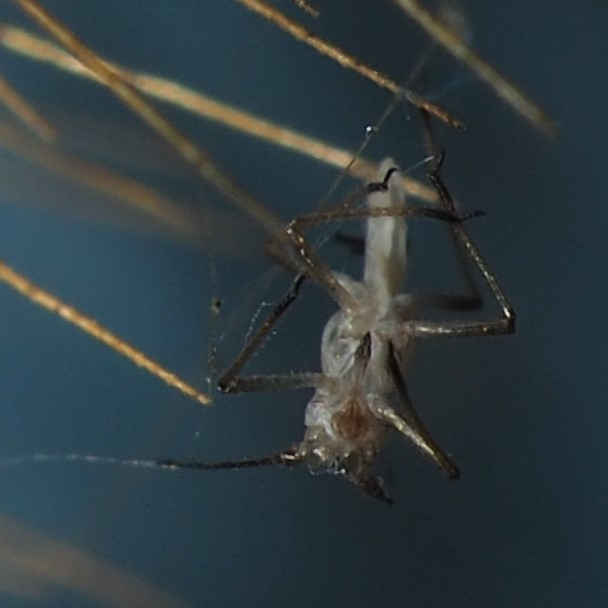
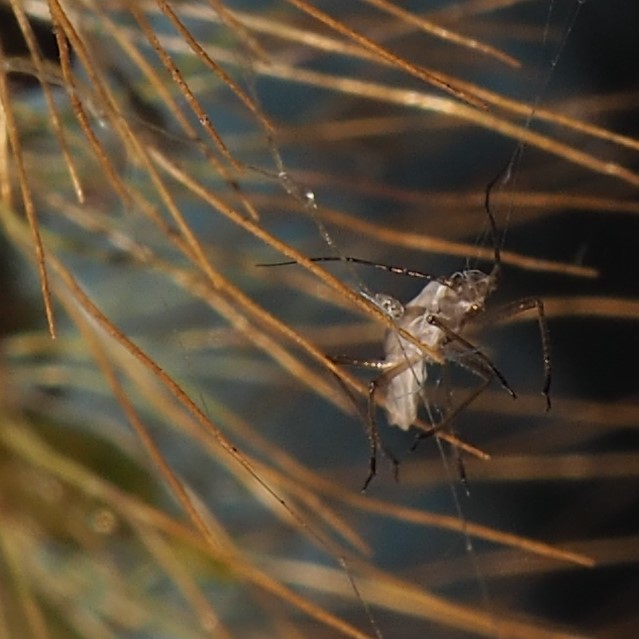
Here's another puzzle. In July I found these egg shells on a Bur Oak leaf. A couple of days ago these "fresh" eggs were on another Bur Oak leaf. It's time to keep an eye out to see if these eggs overwinter or hatch before winter. Hmmm.
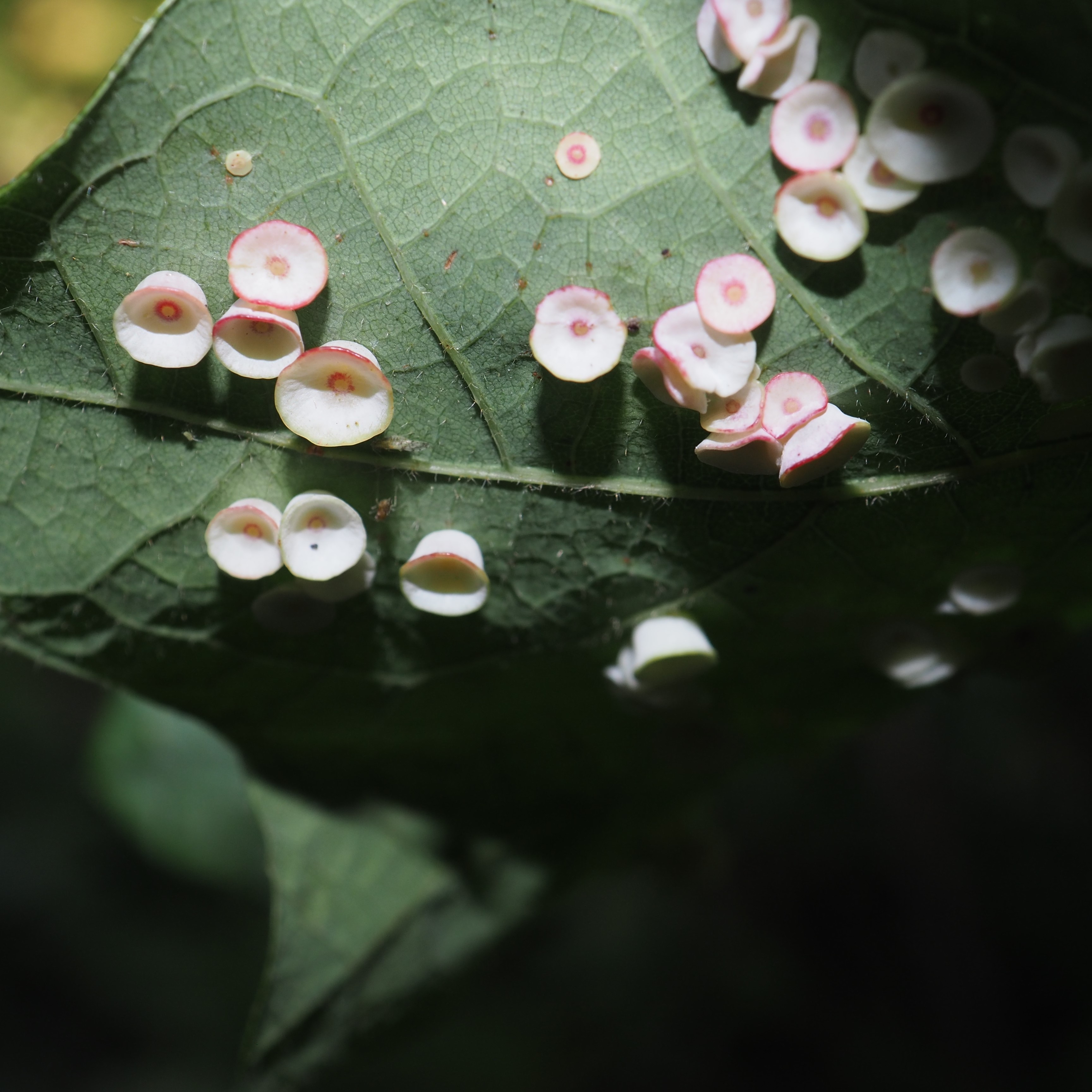
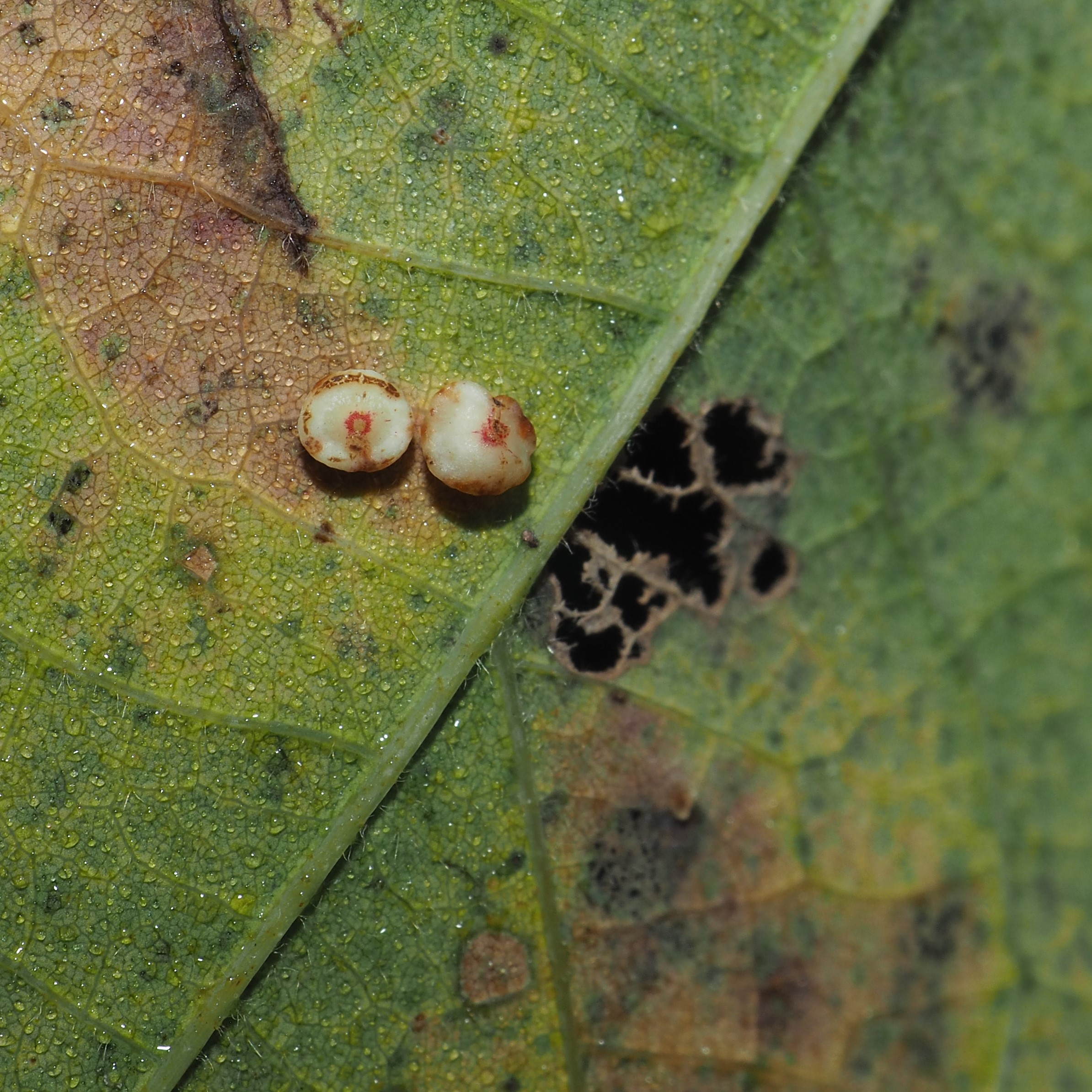
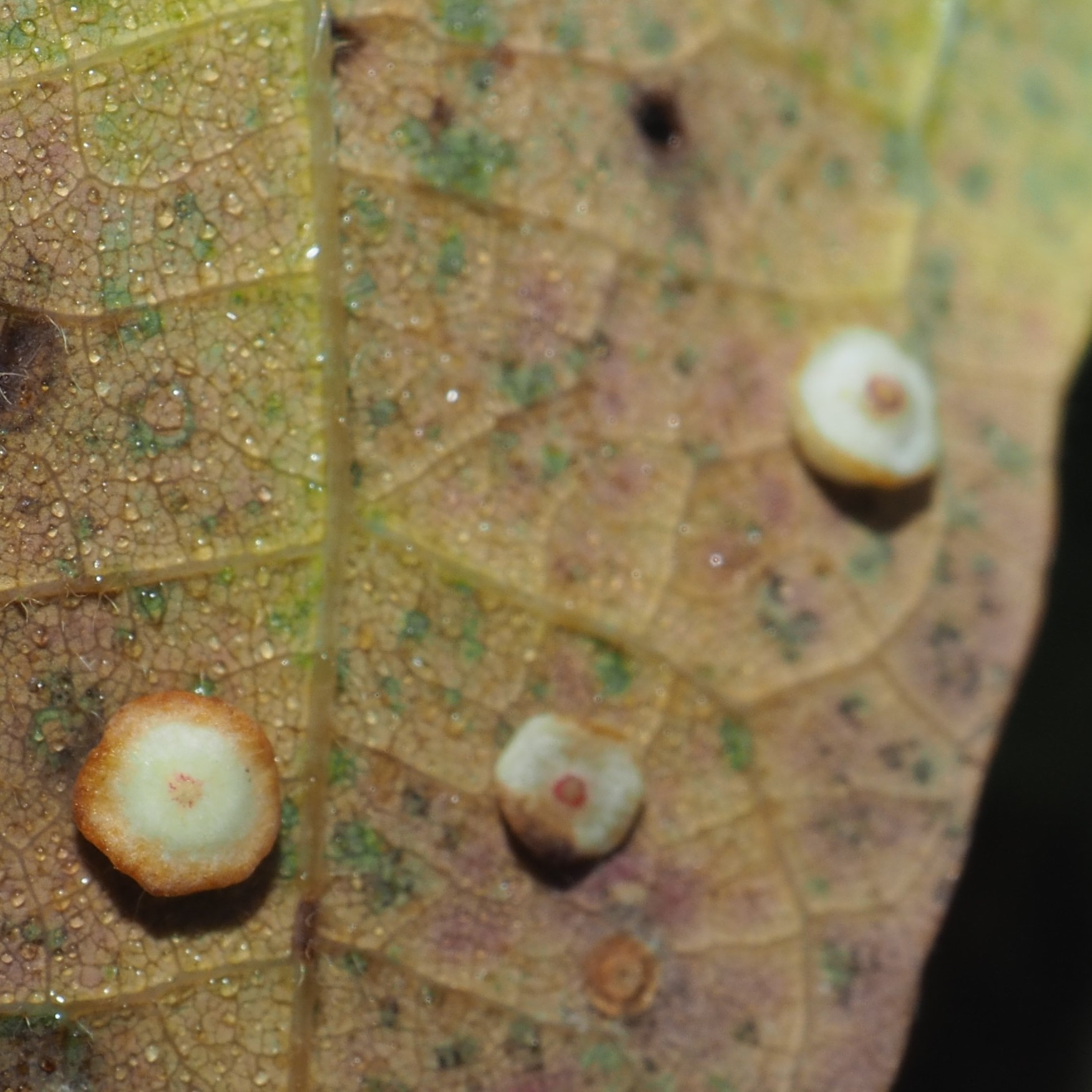
The Brown Lacewings were out last week. What spectacular little things they are. And another Looper, an inchworm, inching its way along the siding.
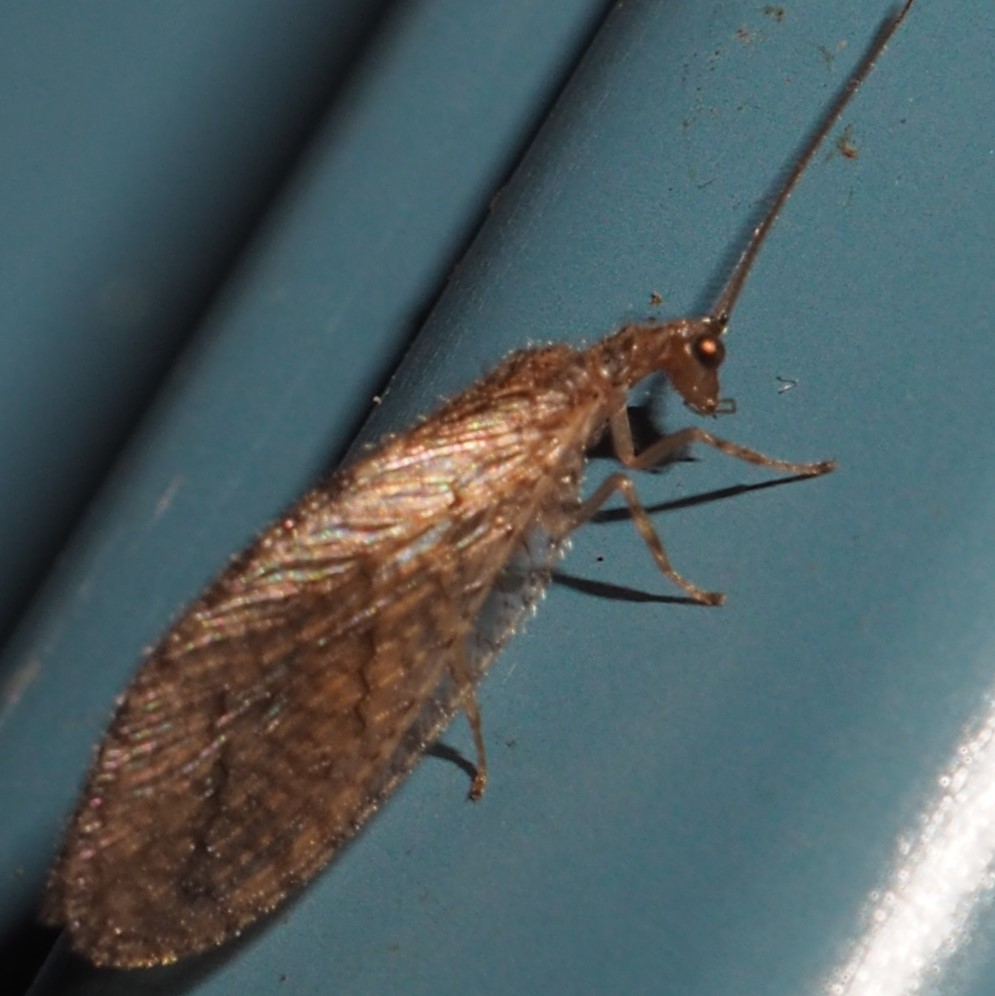
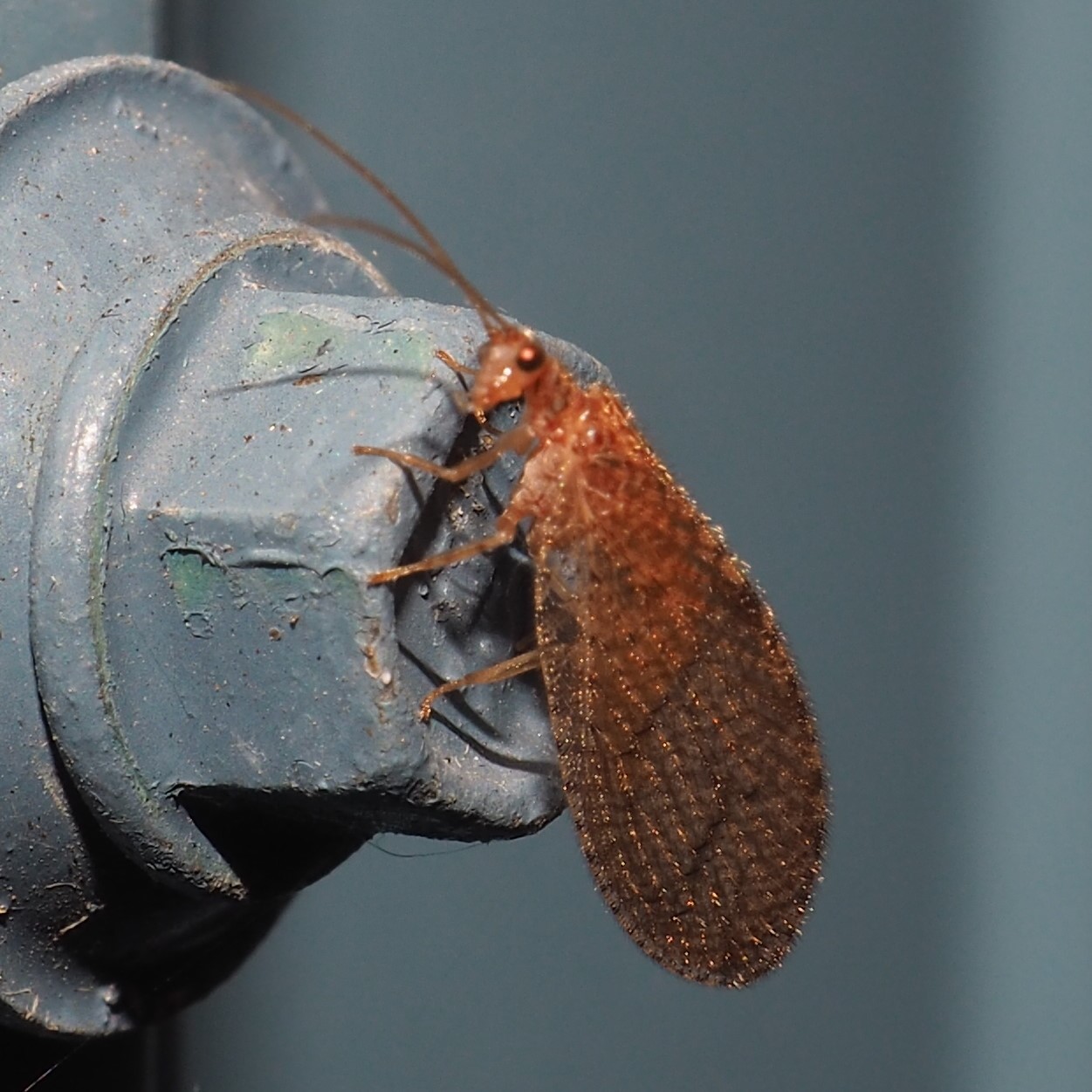
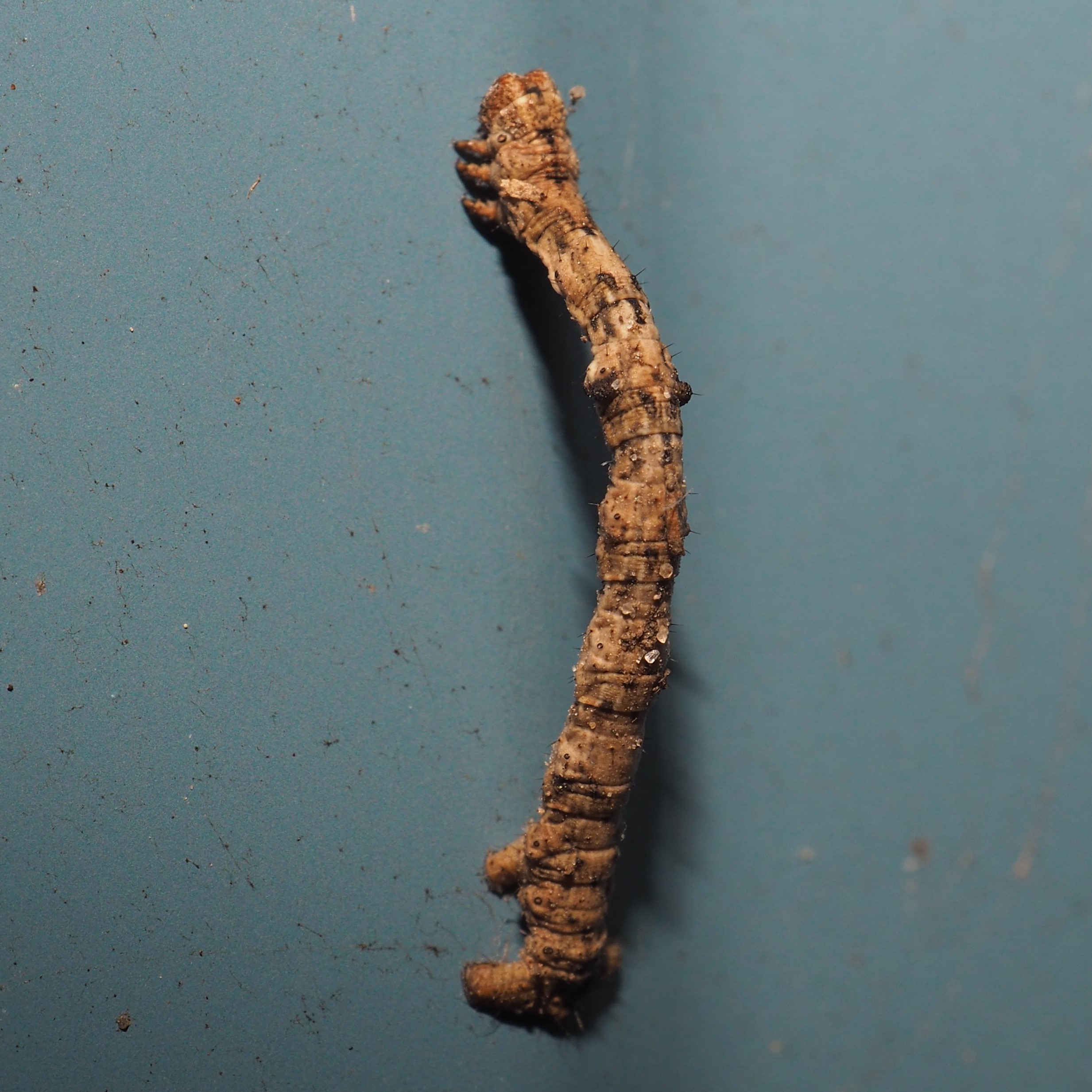
We still had two Harvestmen, and this one more Psyllid that is still here - that Psyllid of genus Pachypsylla (Thick Psyllid).
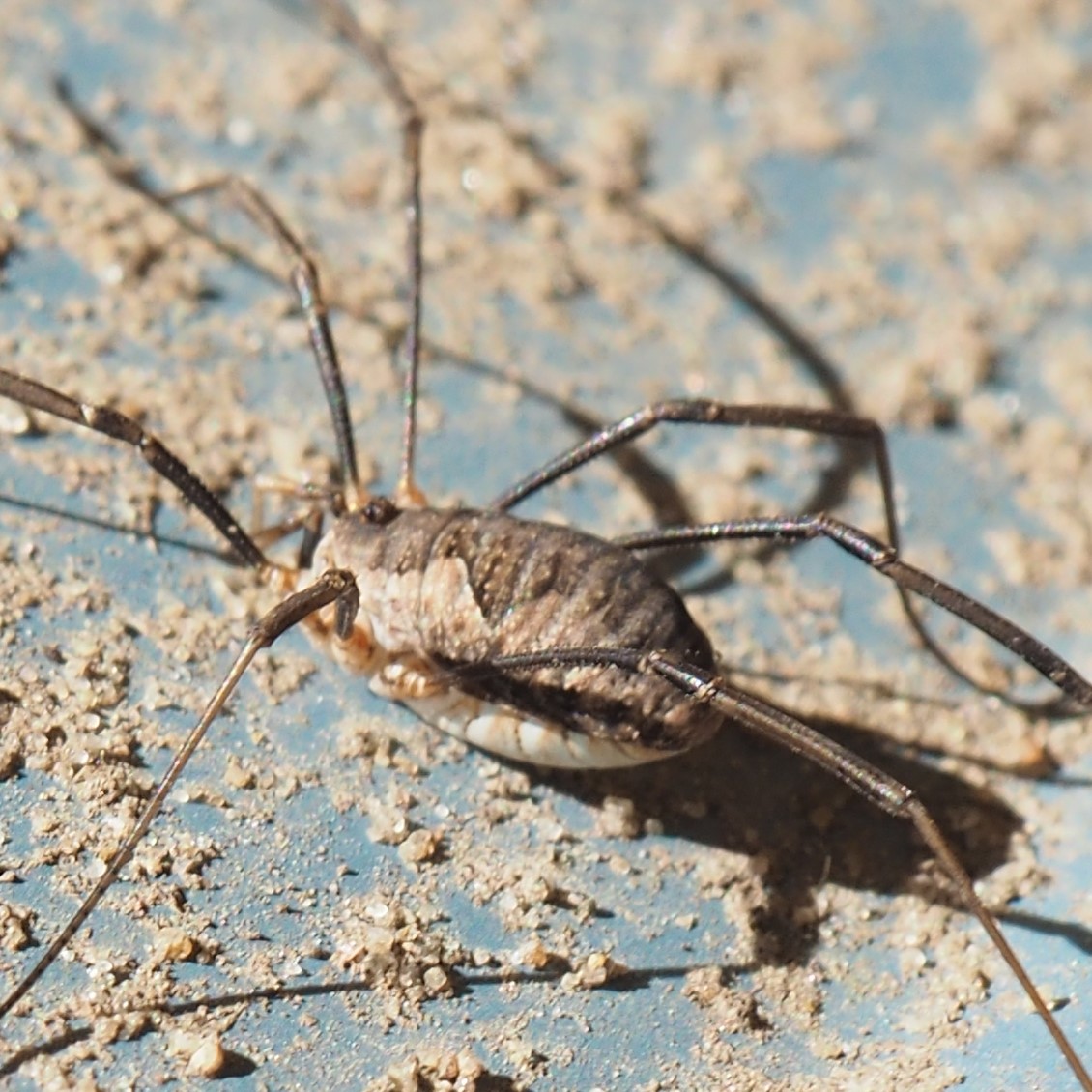
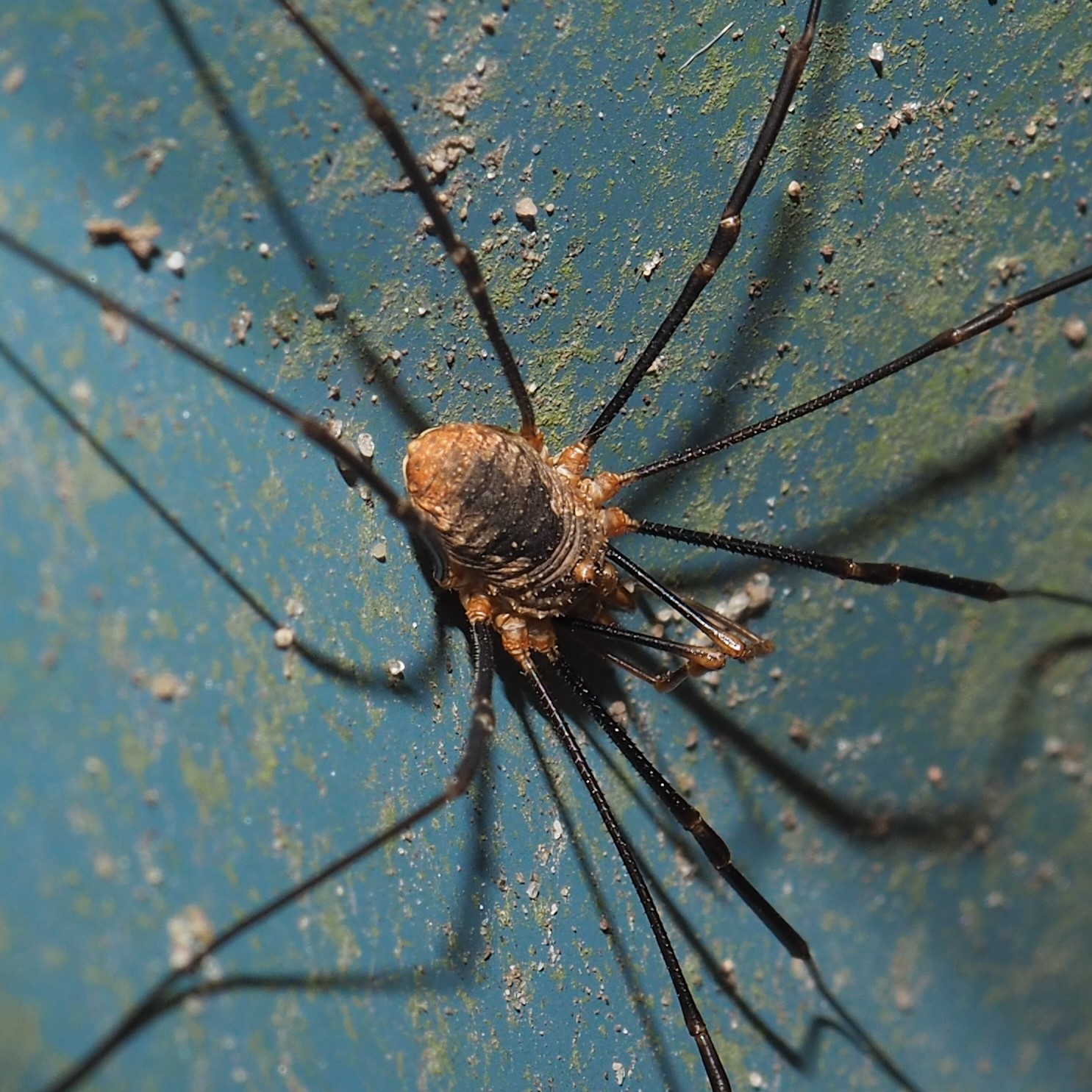
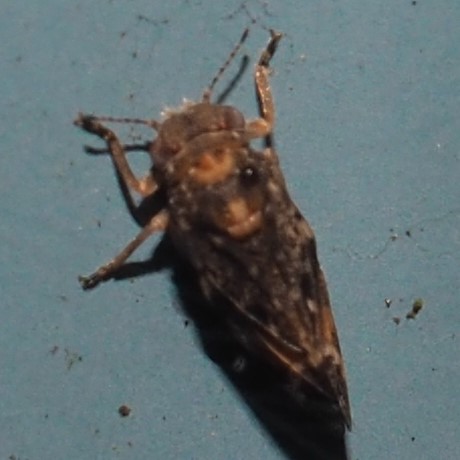
And NOW for some people's favorite creatures, the Spiders. This week was a great one for everyone's favorite spider, the Jumping Spiders. We had THREE species of them! The first of these was one of the Hentz Jumping Spiders. Next is one of the White-cheeked Jumping Spiders (genus Pelegrina). And finally a tiny little one, so small and fast that I couldn't quite get a good take on it. @salticidude on iNat thought it might be a baby Bold Jumper, Phidippus audax.

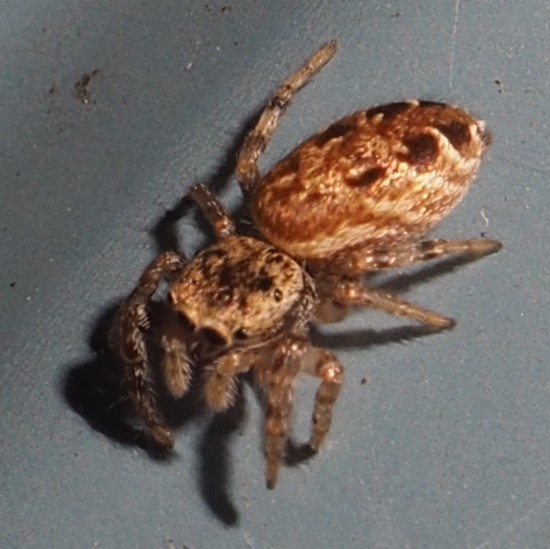
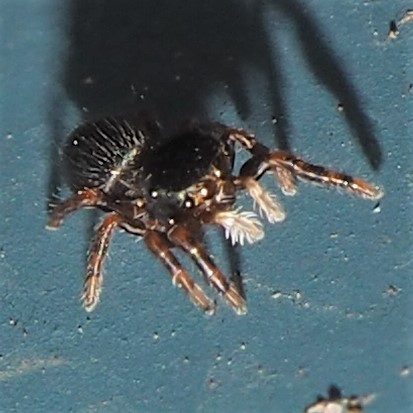
And now for a few more Spiders that I have sent out a HELP message about to Matt Claghorn (@claggy). Number 3 is likely a Common House Spider, a ventral view that makes it seem to have a nice Halloweeny skeleton face. OK, Claggy agrees on #3. He reminds me that #1 is likely genus Grammonota, but the other two are pretty mysterious!. Thanks again Matt!
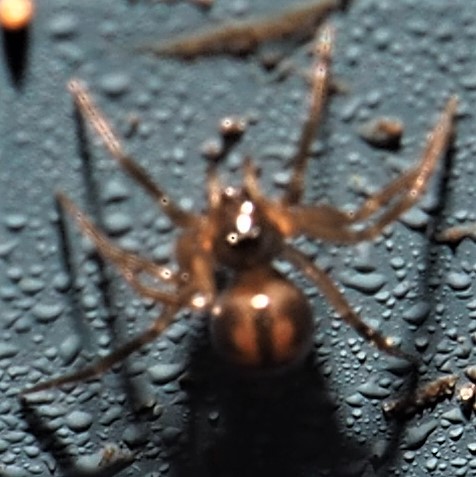
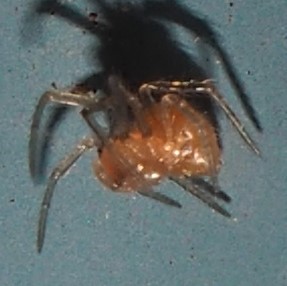
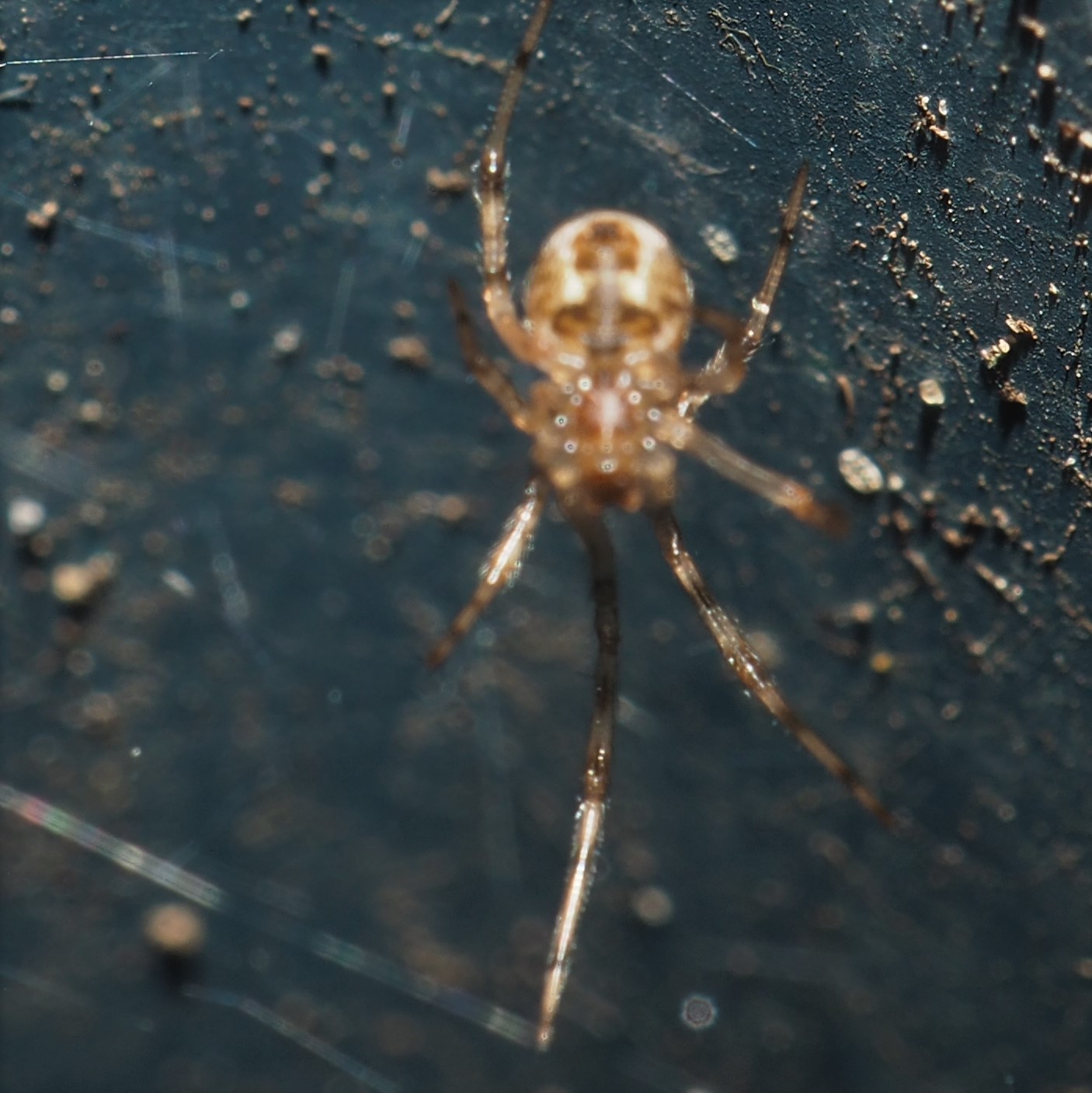
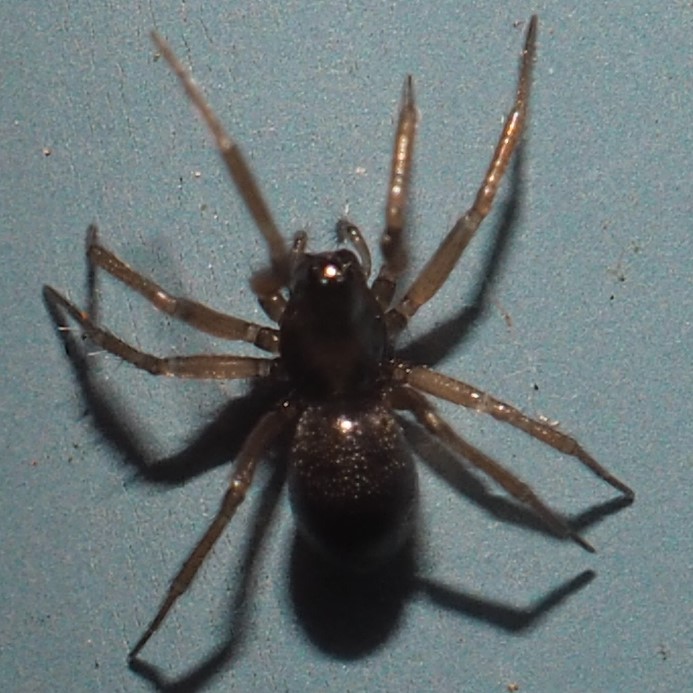
One tiny little wasp, only about 2 mm (less than an eighth-inch) long, finishes off our menagerie for the week.
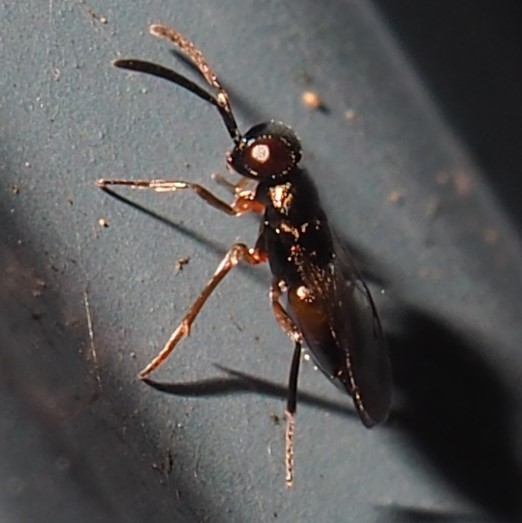
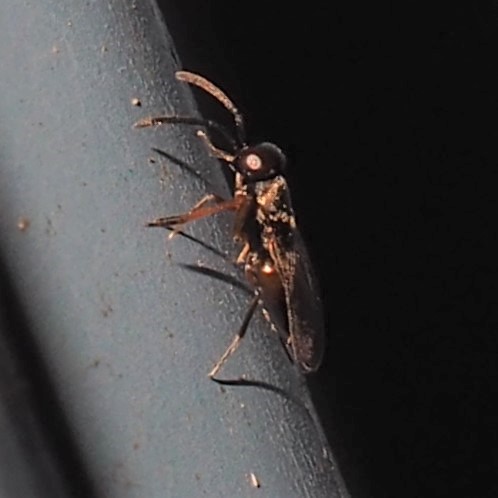
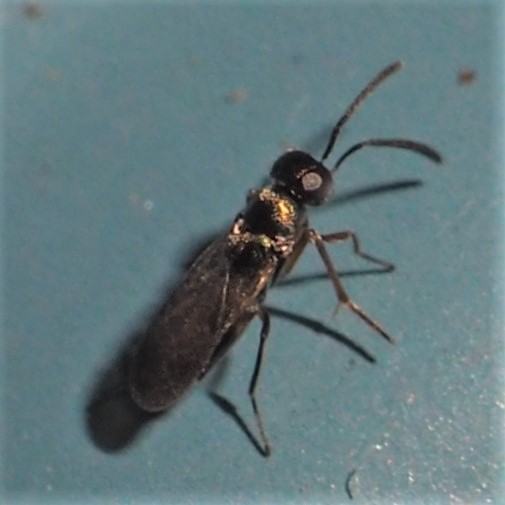
I'll leave you with a shot of the Euonymus next to the front porch steps. If you were to walk into that house, you would see such a scene of dust and dishevelment. Hopefully that is almost finished. It's now been 3+ weeks since the chimney fell down two floors. But I can now see the end coming near.
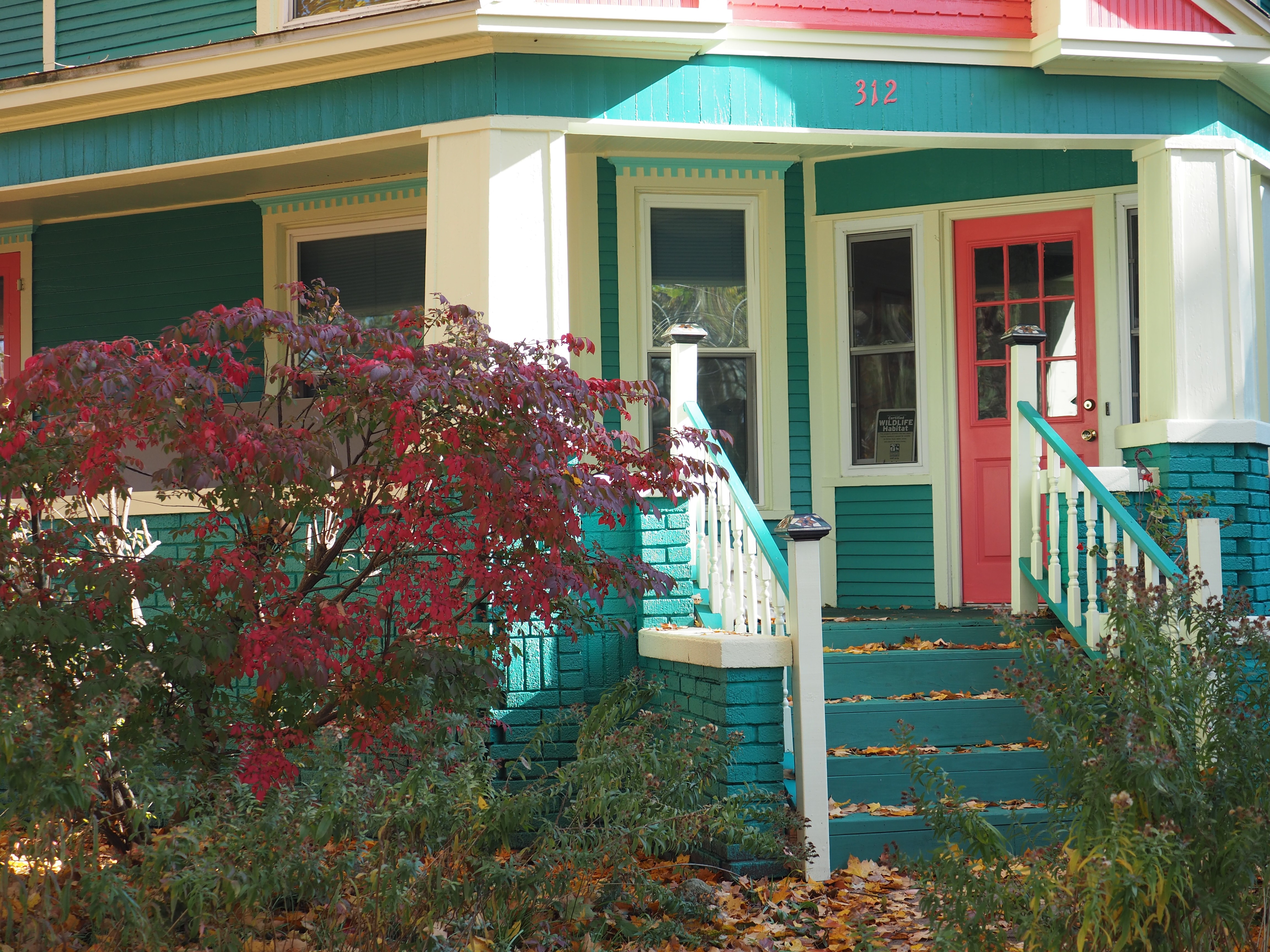
Well, everyone, take care of yourselves and I hope you all will enjoy this season and the next. It can only get better!
Love, Martha
Back to October 27, 2019
Forward to November 10, 2019
Back to main menu
copyright Martha O'Kennon 2019






































































